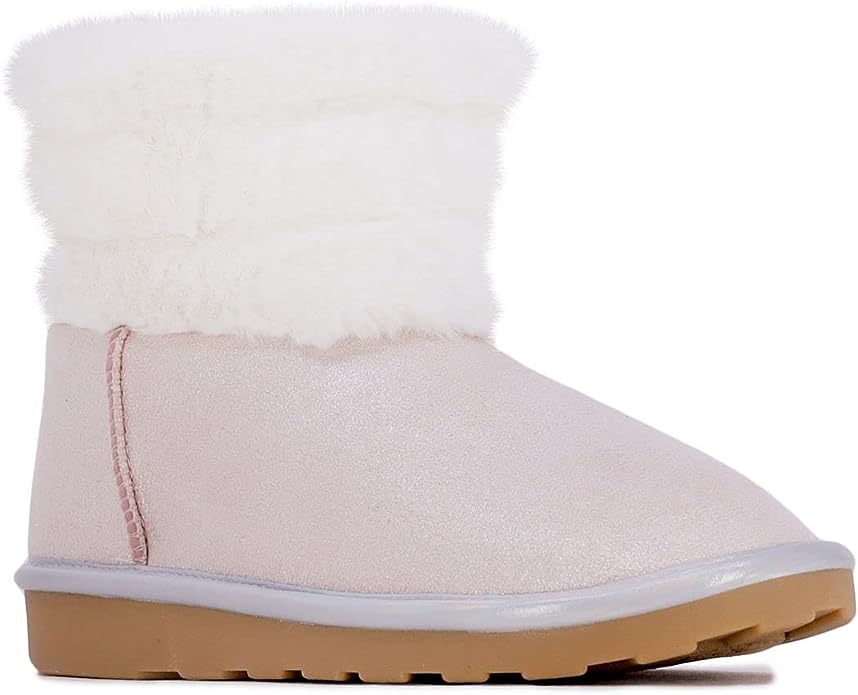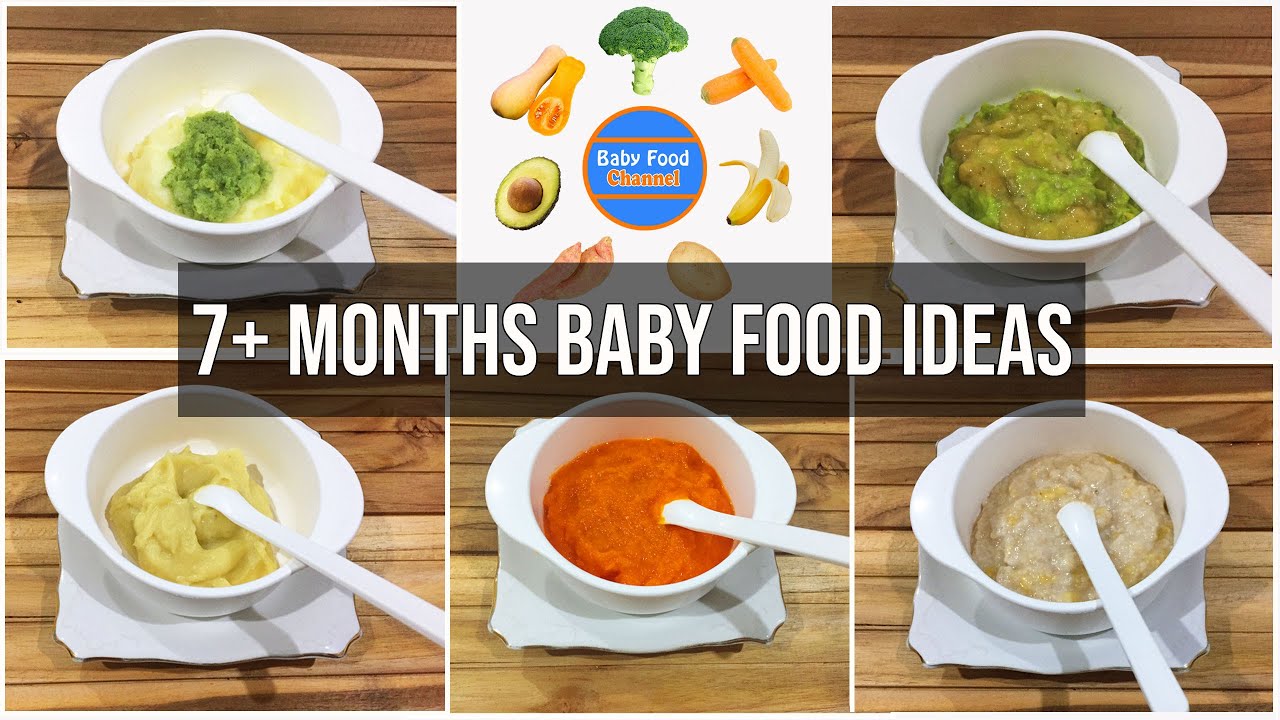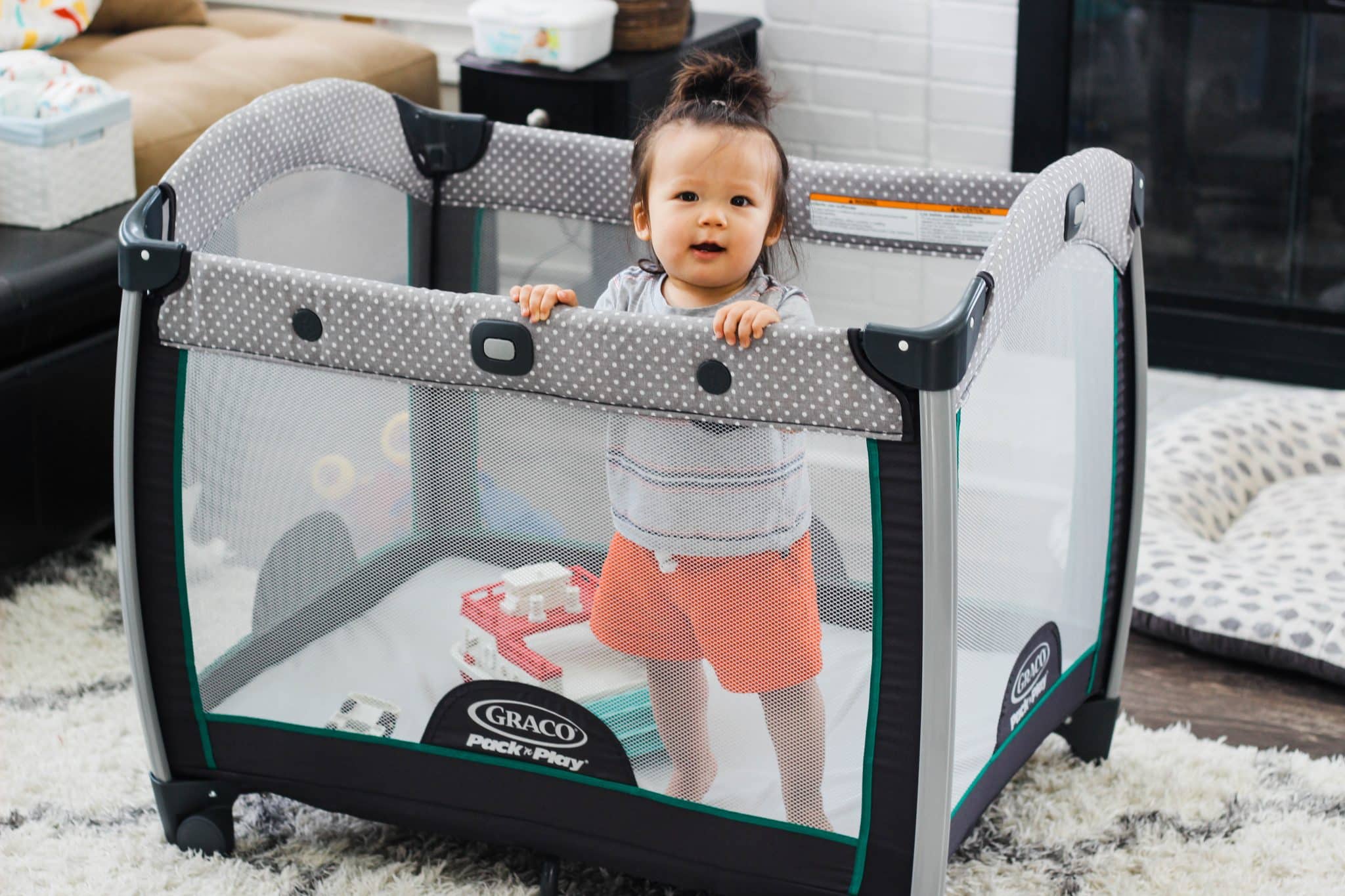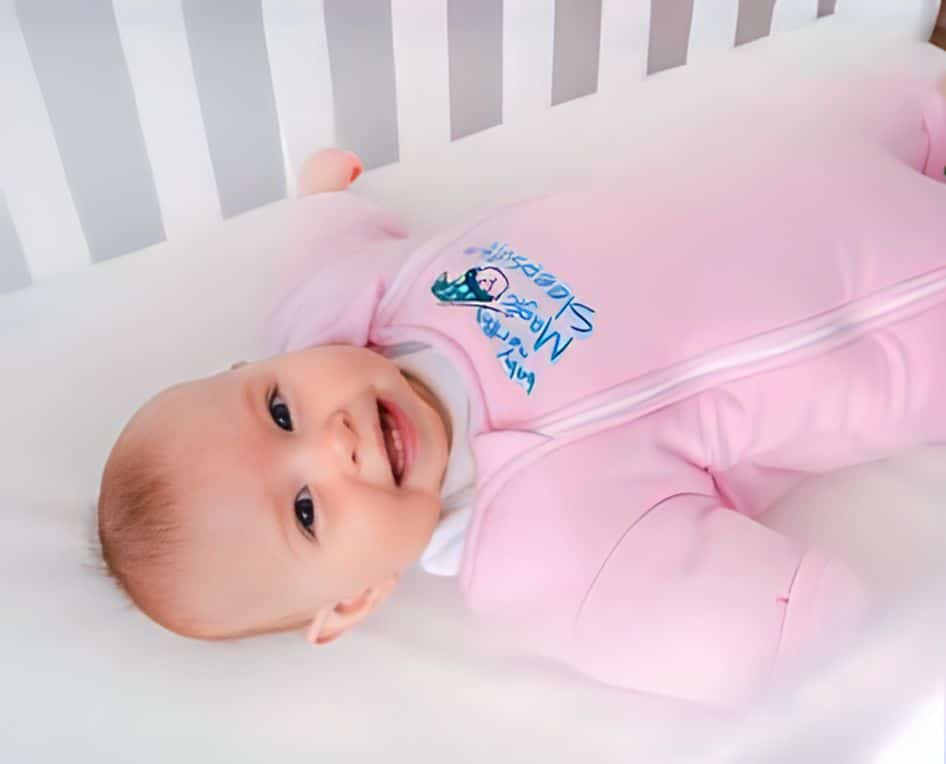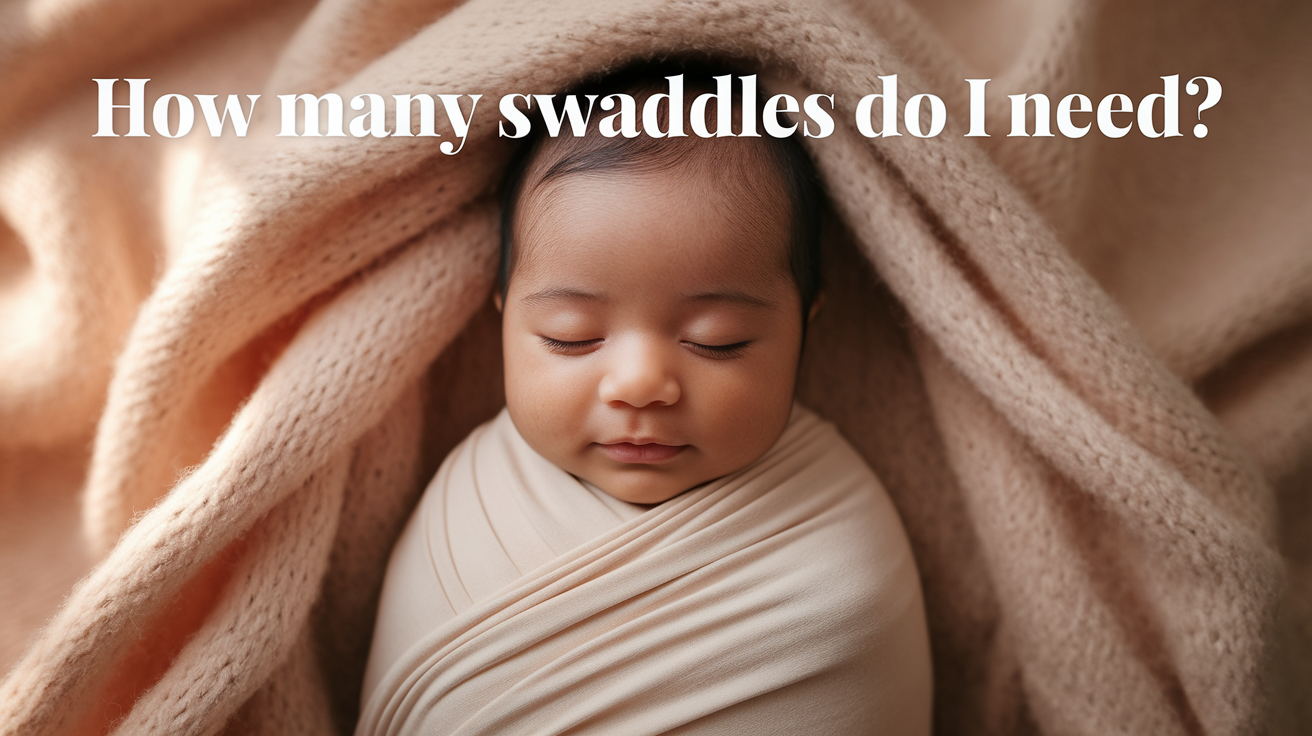
Bringing a newborn home comes with countless questions, and “How many swaddles do I need?” ranks high on the list for new parents.
Swaddling provides your baby with security, comfort, and better sleep by mimicking the snug feeling of the womb.
But determining the right number of swaddles for your baby isn’t just about having enough—it’s about creating a sustainable routine during those unpredictable newborn days.
While you might think one or two would suffice, experienced parents know that babies are remarkably skilled at creating unexpected messes.
This complete guide will help you understand not only the ideal number of swaddles but also the different types available, their unique benefits, and how to transition safely as your baby grows and develops.
What is Swaddling?
Swaddling is a technique where you wrap your baby snugly in a thin blanket. This creates a cozy, womb-like feeling that helps newborns feel secure and calm.
The tight wrapping prevents their startle reflex from waking them up and can reduce crying. Many parents use swaddling to help their babies sleep better during their first few months.
Benefits of Swaddling for Newborns
Swaddling keeps your baby warm without dangerous loose blankets in their crib. It stops the startle reflex (when babies suddenly fling their arms out) that can wake them up.
The snug wrap reminds babies of being in the womb, which helps them feel protected and calm. This familiar feeling often leads to longer, more peaceful sleep.
Traditional vs Two-in-One Swaddles
| TYPE OF SWADDLES | FEATURES | PROS | CONS |
|---|---|---|---|
| Traditional Swaddles | Simple, large blankets (muslin, cotton, bamboo) | Versatile, breathable, grows with baby | Requires folding technique |
| Two-in-One Swaddles | Built-in wings, zippers, or Velcro | Easier to secure, foolproof, great for beginners | Less versatile |
Why You Need Multiple Swaddles?

New parents quickly learn that one swaddle is never enough. Babies require frequent changes due to messes, and maintaining a consistent sleep routine is essential for their development.
The Wash, Wear & Spare Formula
The “3 swaddle minimum” follows simple math: one swaddle in use, one in the laundry, and one backup ready.
This rotation prevents midnight scrambling when unexpected messes happen and ensures your baby always has a clean, comforting wrap available.
Managing Leaky Diapers and Spit-ups
Newborns are adorable mess-makers. Between surprise diaper blowouts and post-feeding spit-ups, swaddles frequently need changing.
Multiple swaddles prevent the stress of middle-of-night laundry emergencies while keeping your baby comfortable and dry throughout their frequent feeding cycles.
Comfort and Sleep Routine
Swaddling signals sleep time to babies, creating essential sleep associations. The familiar sensation of being wrapped triggers their relaxation response.
Having identical backup swaddles maintains consistency in feel, smell and pressure, helping preserve your carefully established sleep routine.
How Many Swaddles Do You Need for a Newborn?
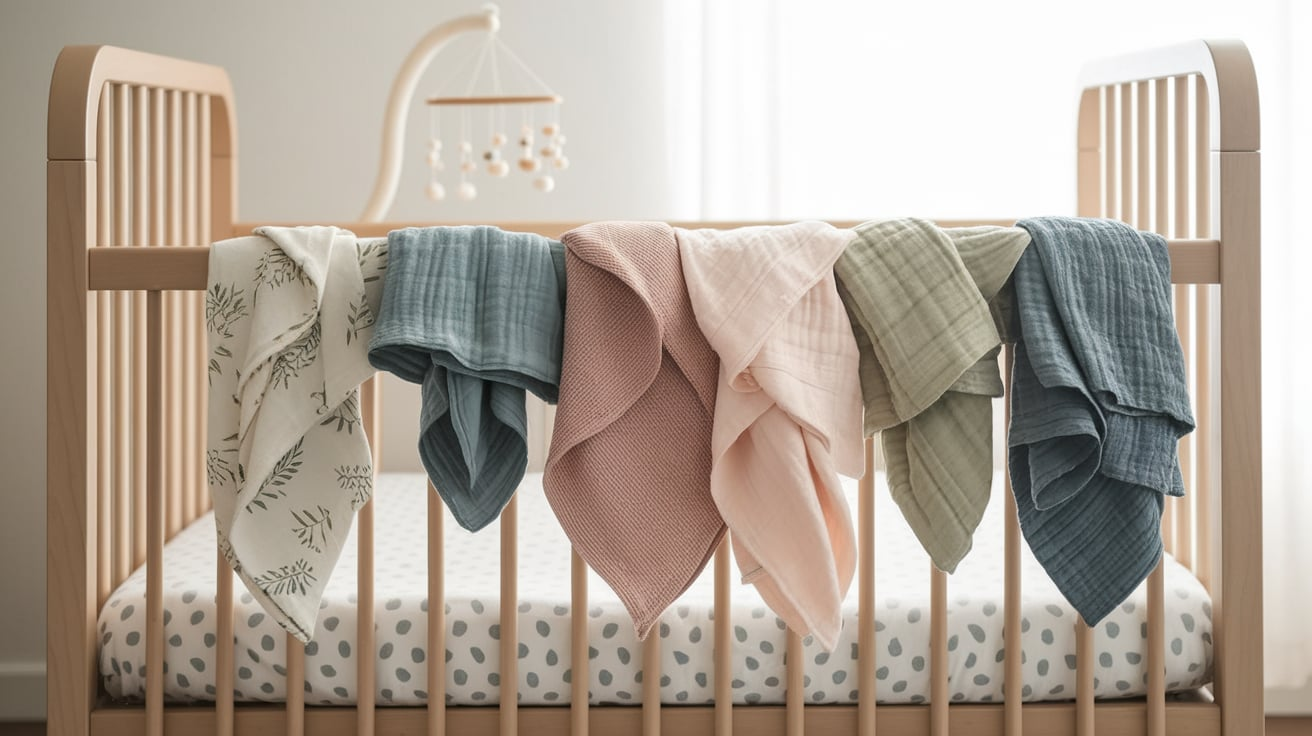
Determining the right number of swaddles depends on your laundry routine and how frequently your baby needs changing.
Most parents find that having too many is better than too few during those unpredictable newborn days.
Ideal Number of Swaddles for a Newborn
Three swaddles are the bare minimum for a newborn, but five to six provide optimal coverage.
Consider your laundry frequency, your baby’s messiness level, and whether you’ll be traveling.
Seasonal babies may need different weights, while parents with limited laundry access should add extra to their collection.
When to Use a Fresh Swaddle?
Swaddles should be replaced immediately after spit-ups, diaper leaks, or excessive drool. For dry, clean swaddles, changing every 12 hours maintains hygiene.
During illness or extreme weather, more frequent changes help regulate temperature and comfort. Always have a fresh one ready for nighttime wakings.
Do You Need Extra Swaddles?
Beyond the essential five or six, consider adding 2-3 extras to your registry. These prevent laundry emergencies during illness, travel, or laundry delays.
First-time parents especially benefit from this buffer, as they’re still learning their baby’s patterns and messiness level.
Types of Swaddles and Their Purpose
Swaddles come in various designs, each offering unique benefits for different stages and preferences. Understanding these differences helps parents choose the right swaddle for their baby’s specific needs.
1. Traditional Swaddle Blankets
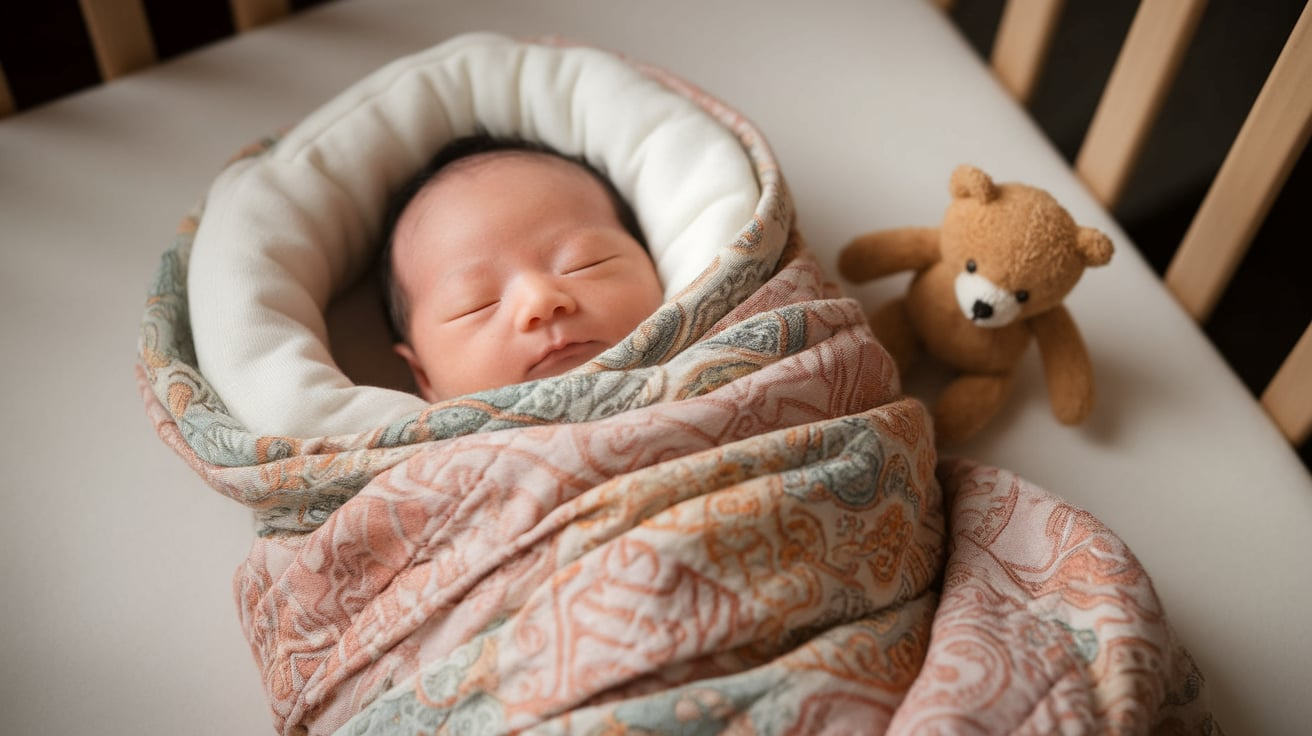
Traditional swaddle blankets offer versatility through their simple square design.
Typically made from breathable muslin, silky bamboo, or soft cotton, each material provides distinct benefits—muslin for airflow, bamboo for temperature regulation, and cotton for durability.
Parents appreciate the ability to customize tightness and wrapping style to accommodate their baby’s unique comfort preferences and developmental needs.
2. Wearable Swaddles
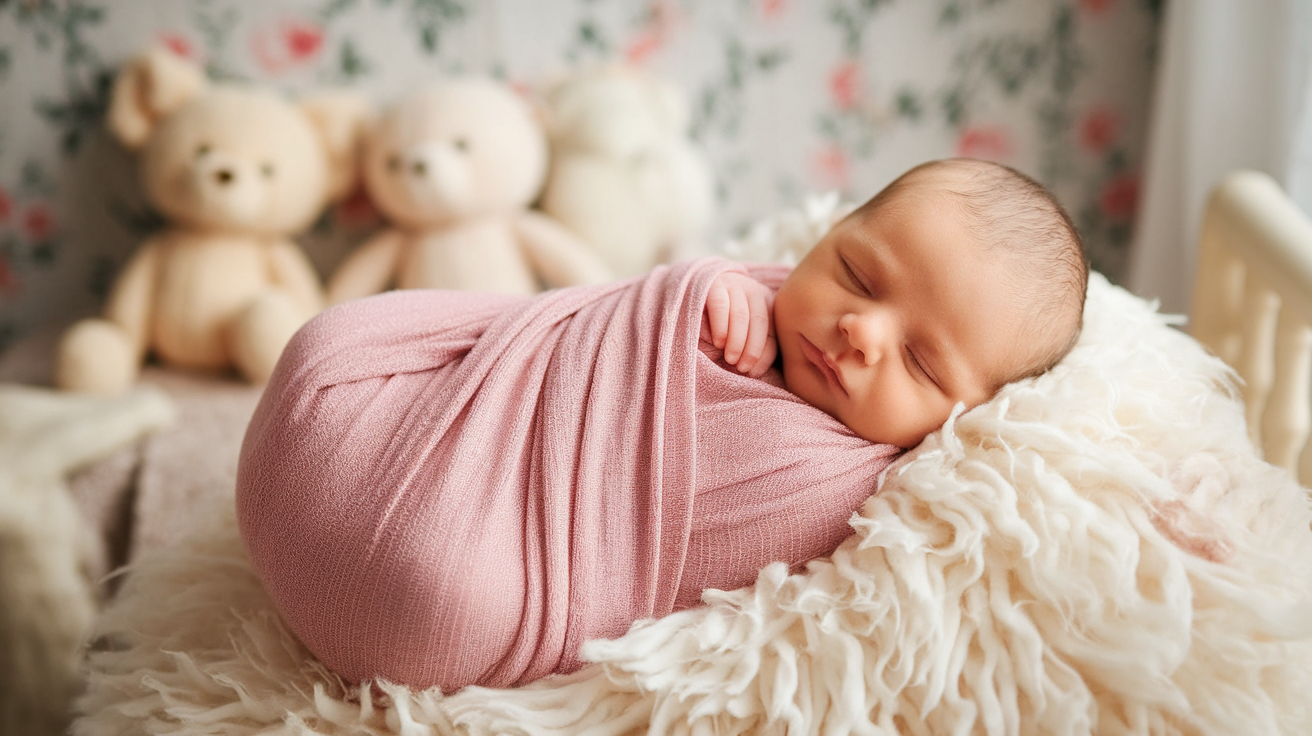
Wearable swaddles combine the security of traditional wrapping with a foolproof design. Featuring built-in wings with Velcro or zippers, they eliminate midnight re-wrapping struggles.
Their structured design maintains consistent arm positioning while still allowing hip movement. Many include temperature-regulating features like breathable panels and convertible layers, adapting as baby grows through different developmental stages.
3. Swaddles with Detachable Wings
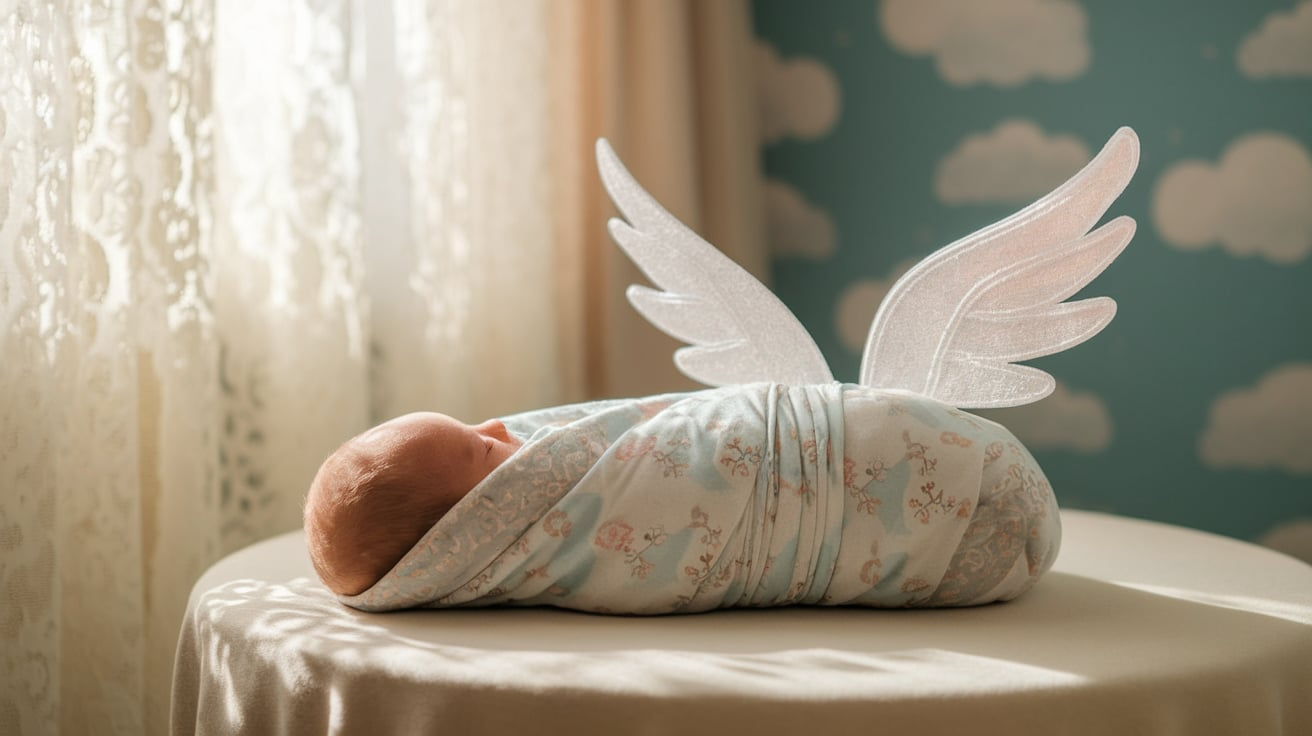
Detachable wing swaddles provide the perfect transition solution for growing babies. Their modular design allows parents to swaddle with both arms in, one arm out, or both arms free—adapting to baby’s developing startle reflex and rolling abilities.
This gradual transition prevents sleep disruption while still maintaining the snug comfort around baby’s torso that promotes deeper, longer sleep.
4. Sleep Sacks vs Swaddles
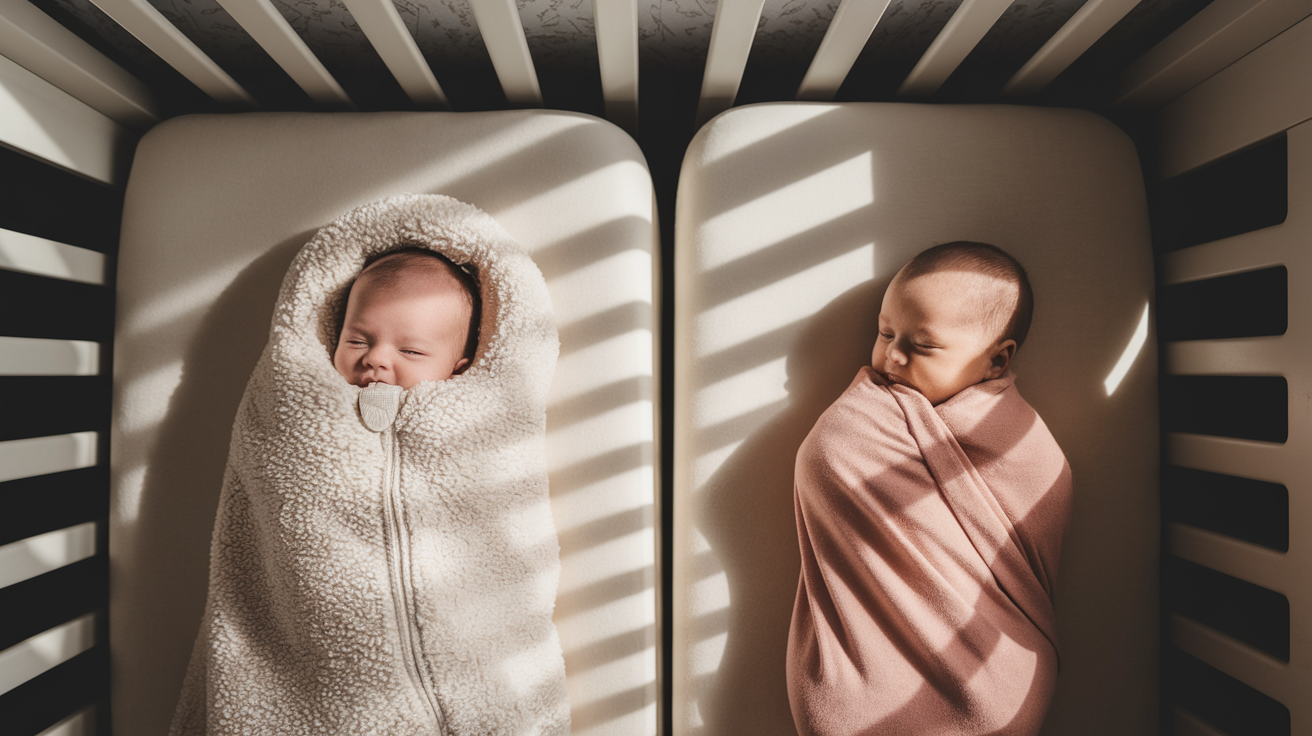
Sleep sacks offer freedom of movement while swaddles restrict it. Make the transition when baby shows rolling signs, typically between 2-4 months.
Sleep sacks have armholes that allow unrestricted arm movement while still providing a cozy, enclosed environment for the torso and legs.
This progression supports developmental milestones while maintaining sleep cues for longer, safer rest
Best Swaddle Options for Newborns
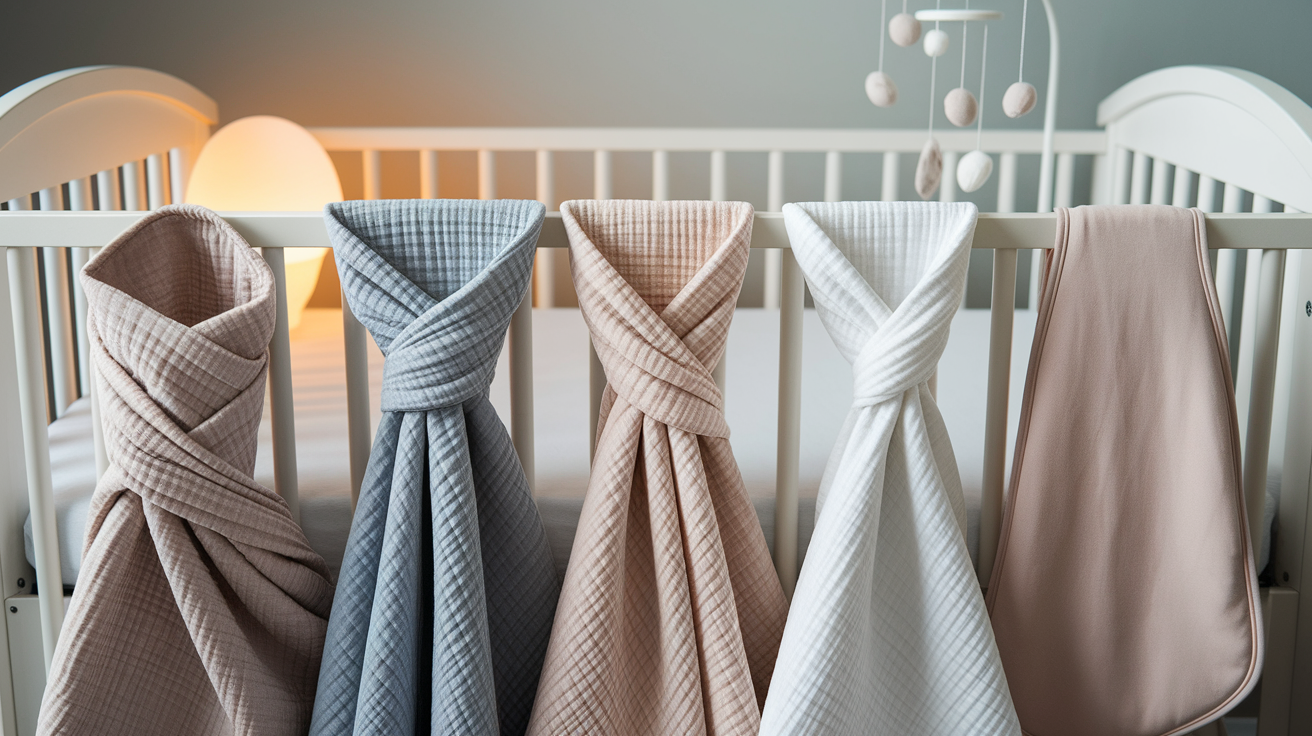
Selecting the right swaddle for your newborn can significantly impact their sleep quality and your confidence as a parent.
The ideal swaddle combines comfort, safety, and convenience to create the perfect sleep environment.
Features to Look for in a Newborn Swaddle
When selecting a swaddle for your newborn, prioritize breathable fabrics such as muslin, cotton, or bamboo.
These materials help prevent overheating while offering a soft touch that’s gentle on sensitive baby skin. Ensure the swaddle has secure closures like Velcro, zippers, or snap buttons to avoid any concerns about it coming undone during the night.
This helps keep your baby comfortably wrapped without the need for constant adjustments. Opt for swaddles with adjustable features that can grow with your baby, offering flexibility in swaddling positions.
These adaptable swaddles provide longer-lasting use, allowing you to make the most of your purchase as your baby develops.
By choosing the right swaddle, you’ll help ensure both comfort and security for your little one during their early sleep phases.
Recommendations for Easy-to-Use Swaddles
-
Love To Dream Swaddle UP: Features an innovative “arms up” design, allowing self-soothing while preventing startle reflexes.
-
Halo SleepSack Swaddle: Offers great versatility with adjustable wings and an inverted zipper for easy diaper changes.
-
SwaddleMe Original: Stands out for its simplicity, with a pre-shaped pouch and secure Velcro wings, making it perfect for parents who find traditional folding techniques challenging.
Machine-Washable Fabrics: All three options use machine-washable materials that remain soft even after multiple washes.
When to Transition Out of Swaddling

Swaddling provides essential comfort during the newborn phase, but recognizing the right time to transition is crucial for both safety and development.
Signs Your Baby Is Ready to Stop Swaddling
It’s time to transition when your baby shows signs of rolling from back to front or makes determined attempts to roll while swaddled—typically between 2 and 4 months.
Other indicators include increased arm movement, successfully breaking free from the swaddle, or showing frustration when arms are restricted.
Some babies may also begin sleeping poorly in their swaddle after previously sleeping well, signaling their development has progressed beyond needing this particular sleep aid.
How to Transition Safely
Transition gradually by first freeing one arm from the swaddle for 2-3 nights, then releasing both arms while keeping the torso wrapped.
This phased approach helps babies adjust without dramatically disrupting sleep patterns.
Products like the Zipadee-Zip or Merlin’s Magic Sleepsuit provide intermediate options that offer some resistance against startle reflexes without fully restricting movement.
Maintain consistent bedtime routines during this transition period to reinforce sleep cues beyond the swaddle sensation.
Alternatives to Swaddles (Sleep Sacks)
-
Transition from Swaddling: Sleep sacks are introduced between 3 and 6 months, depending on your baby’s development.
-
Freedom of Movement: Unlike swaddles, sleep sacks enclose the torso and legs, leaving the arms free for safe rolling and natural movement.
-
Comfort and Security: They continue to provide a comforting, contained feeling without the risk of overheating.
-
Breathable Fabrics: Made from breathable, weight-appropriate fabrics to keep your baby comfortable.
-
Long-Term Use: Many parents keep sleep sacks in their routine well into toddlerhood, using them as a consistent sleep cue throughout developmental stages.
-
Versatility: Sleep sacks offer comfort and security while supporting your baby’s growing needs for movement and independence.
Wrapping Up
When answering “How many swaddles do I need?” remember that preparation prevents midnight stress.
The minimum three-swaddle rotation (one in use, one in the wash, one on standby) provides basic coverage, but five to six offers optimal flexibility for newborn unpredictability.
When building your collection, consider your laundry schedule, your baby’s messiness level, and seasonal needs. As your baby grows, you’ll transition from swaddles to sleep sacks, usually between 2 and 4 months when rolling begins.
The investment in quality swaddles pays dividends in better sleep for everyone. However, it might seem excessive initially.
Most parents find themselves grateful for those extra swaddles during unexpected diaper blowouts or extended laundry delays.
Quality sleep is precious—make sure you have enough swaddles to maintain it.


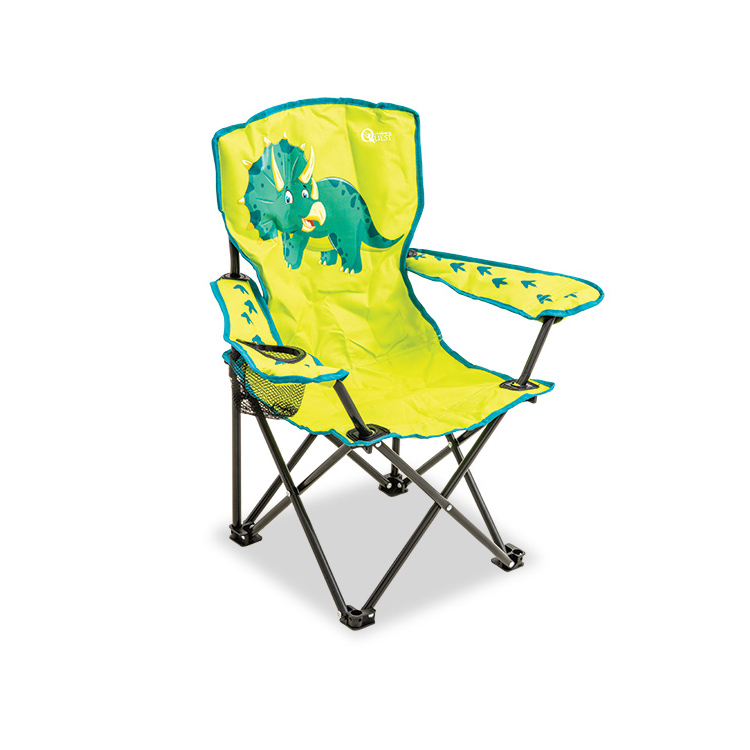

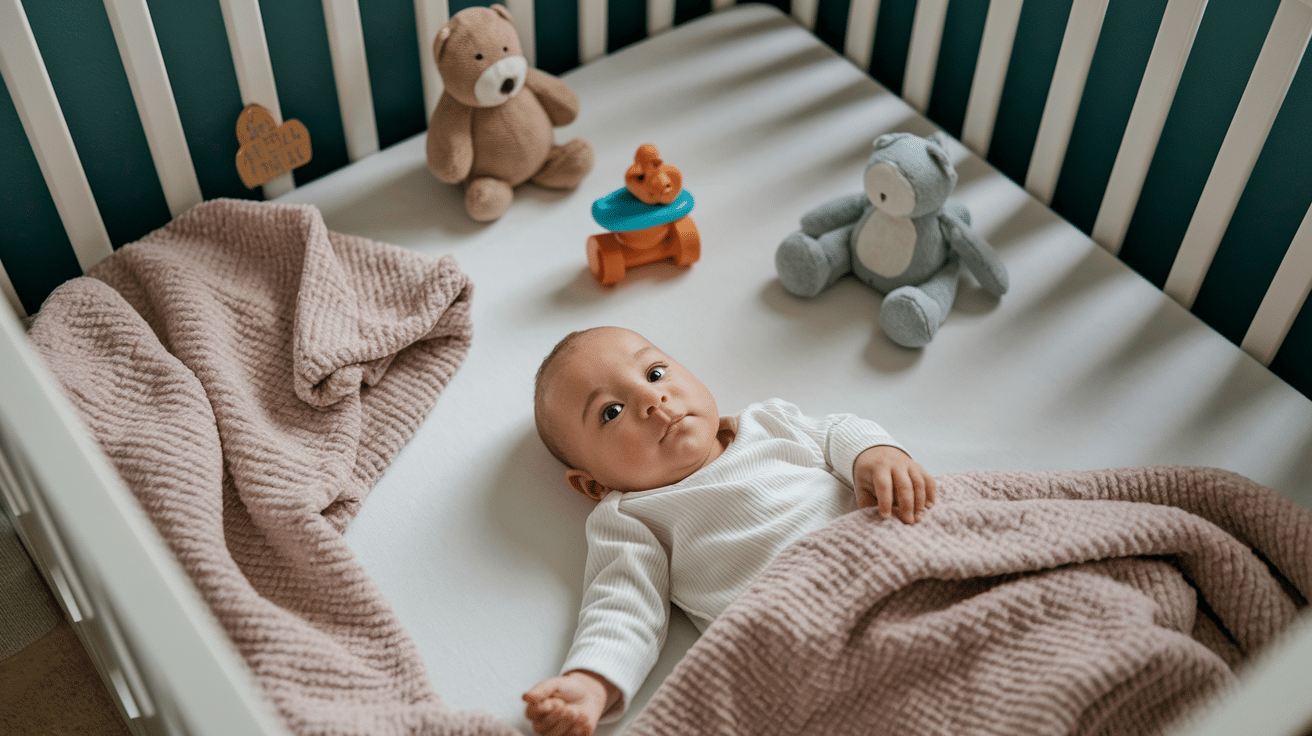
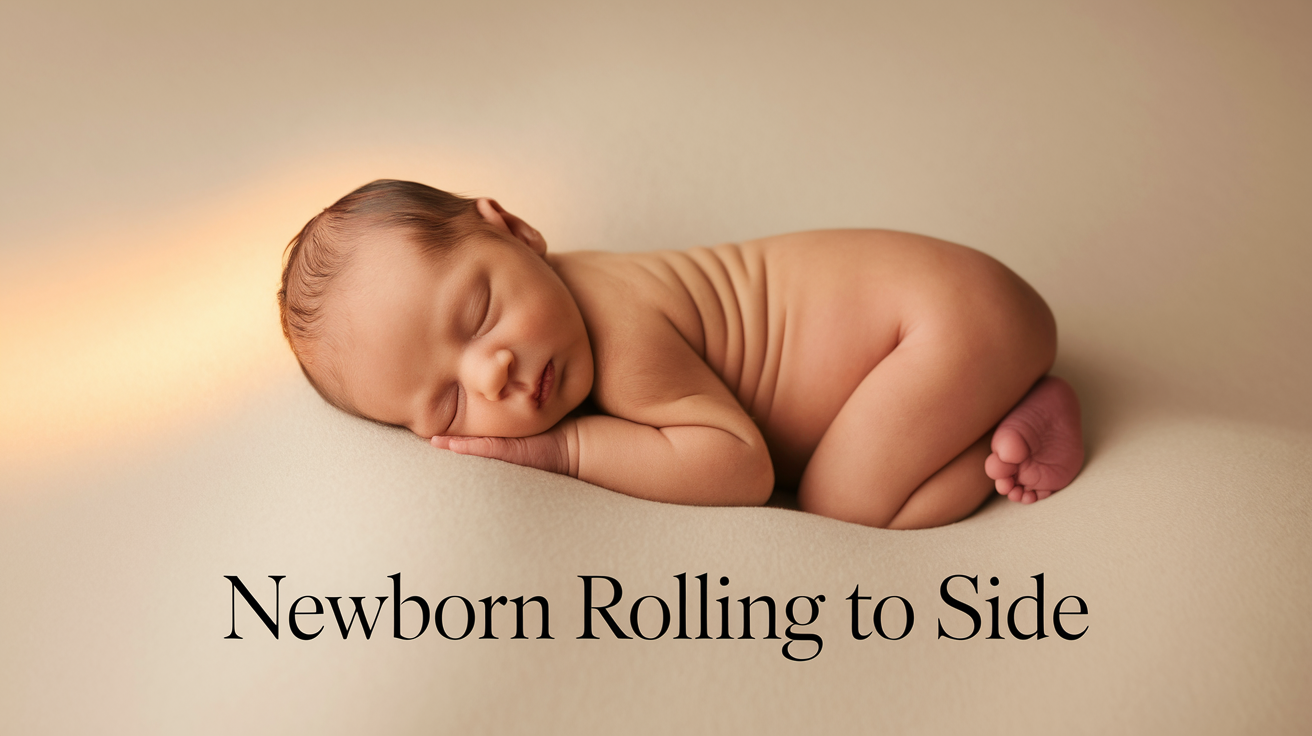


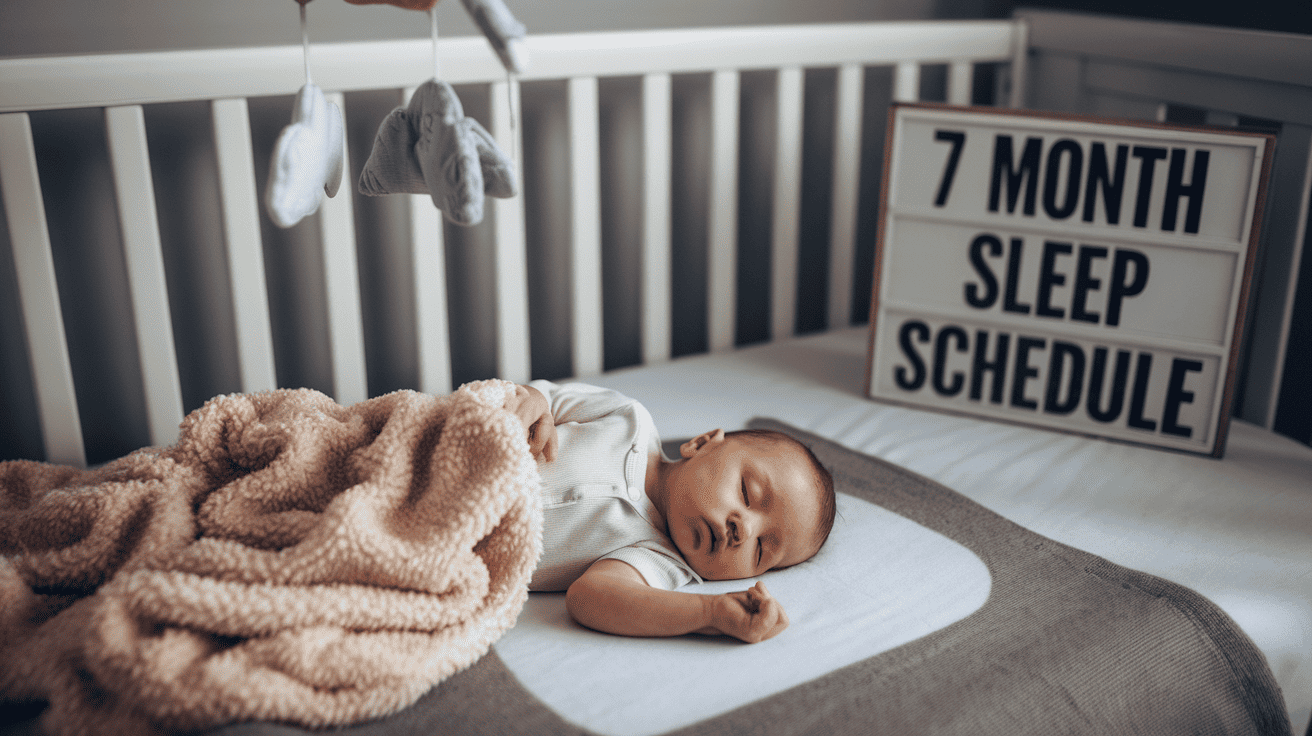
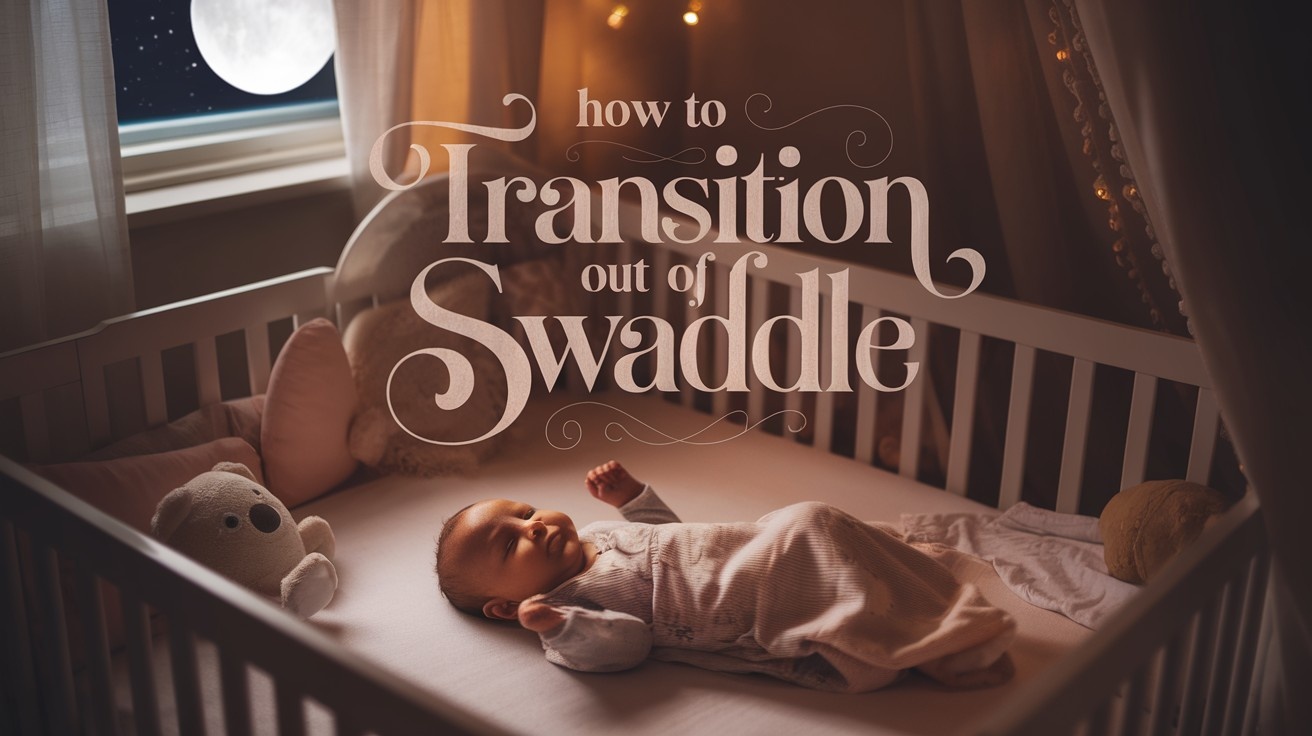
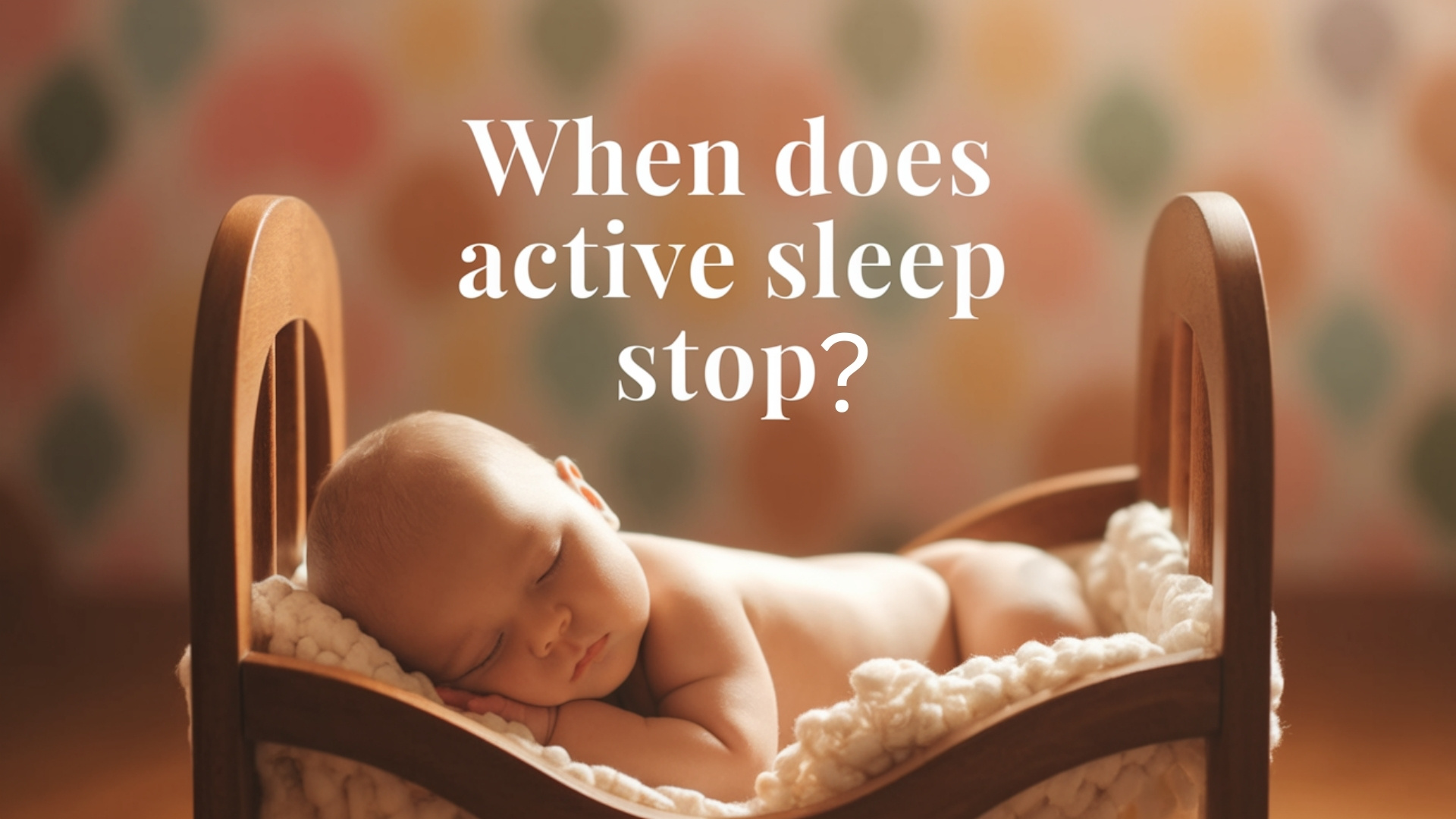
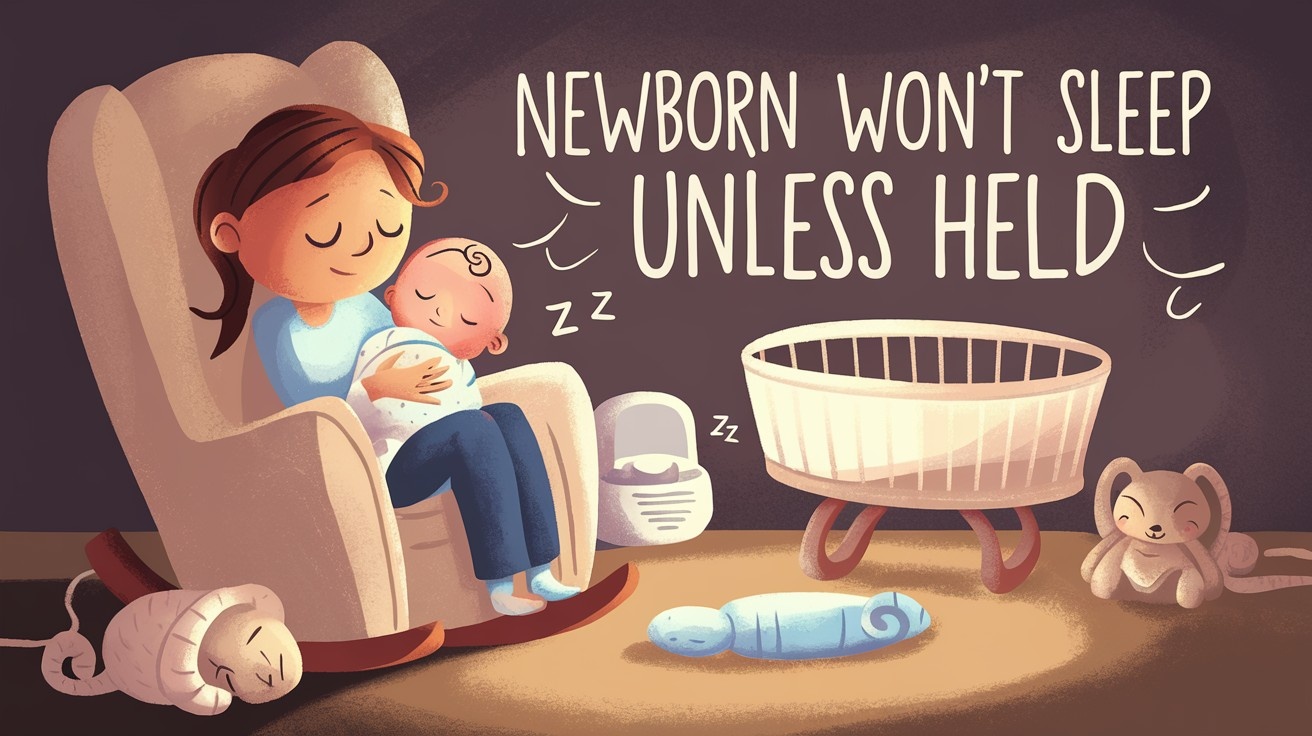
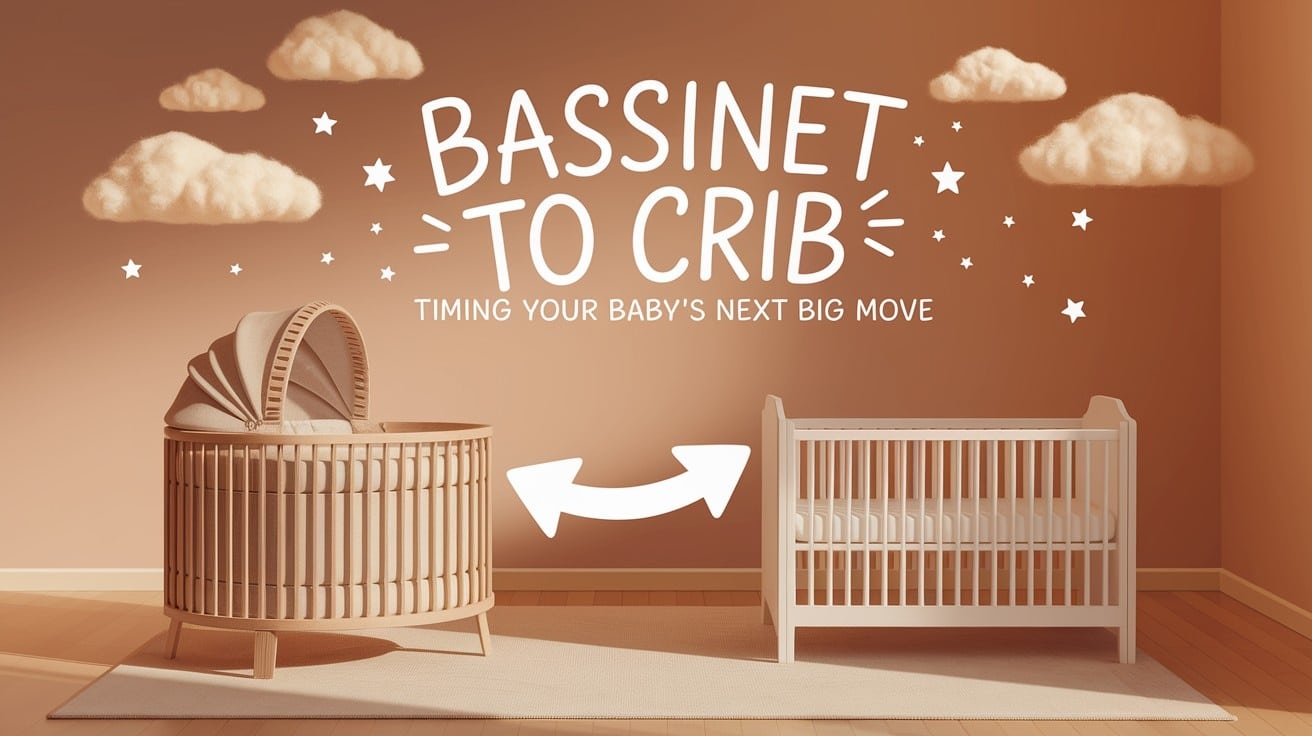
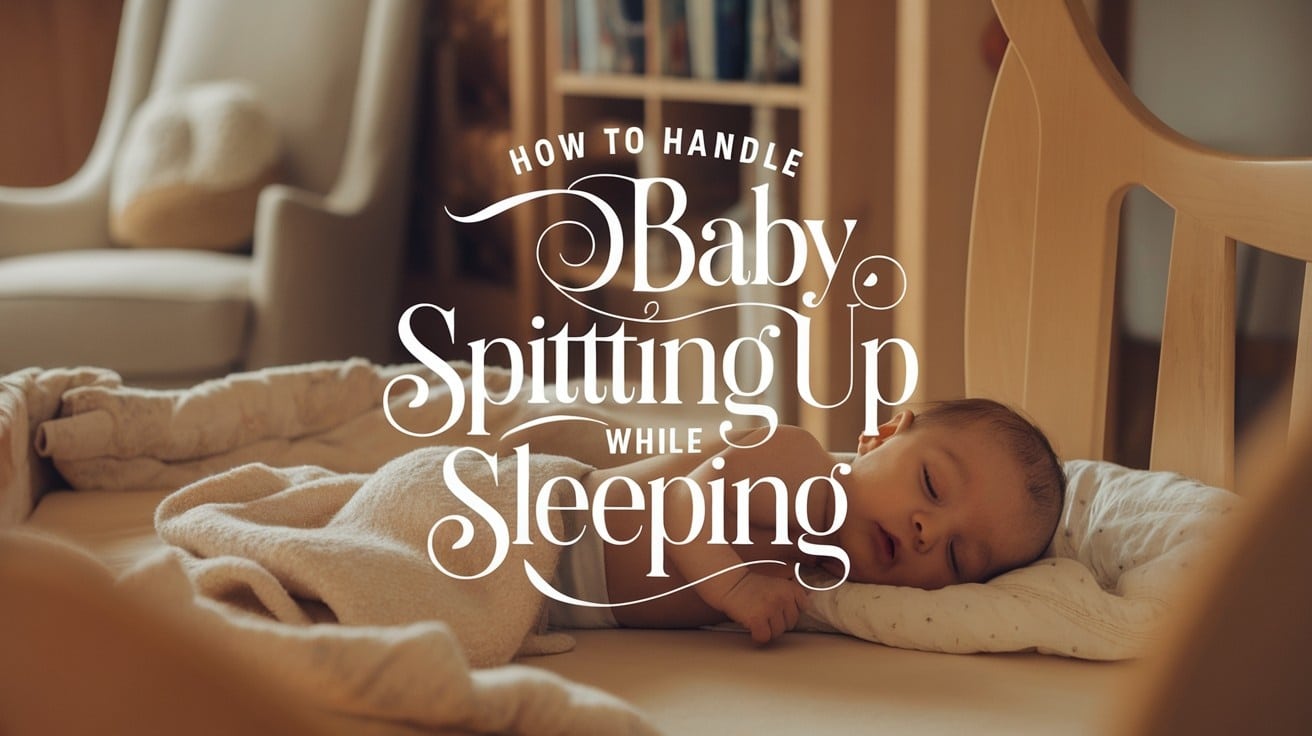
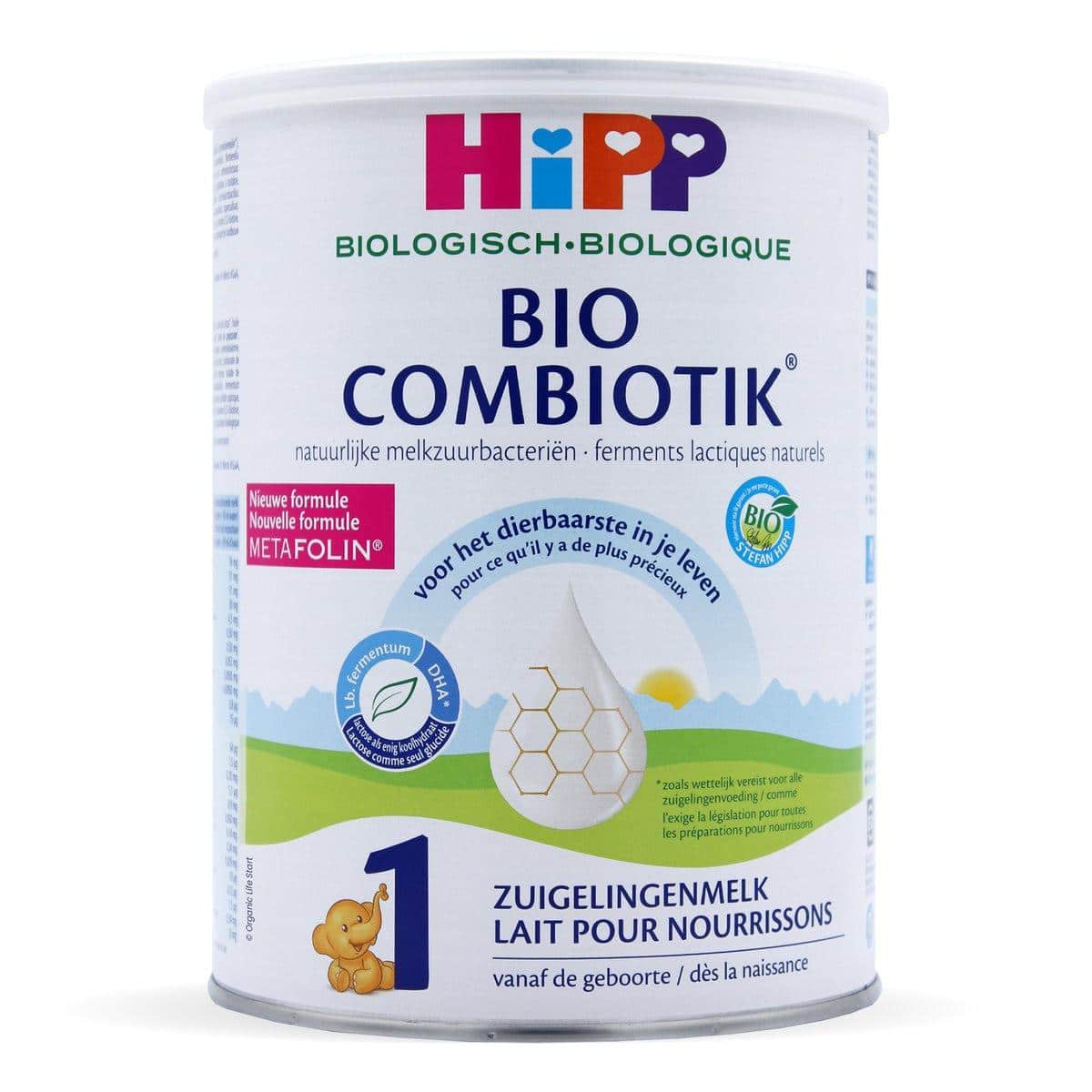
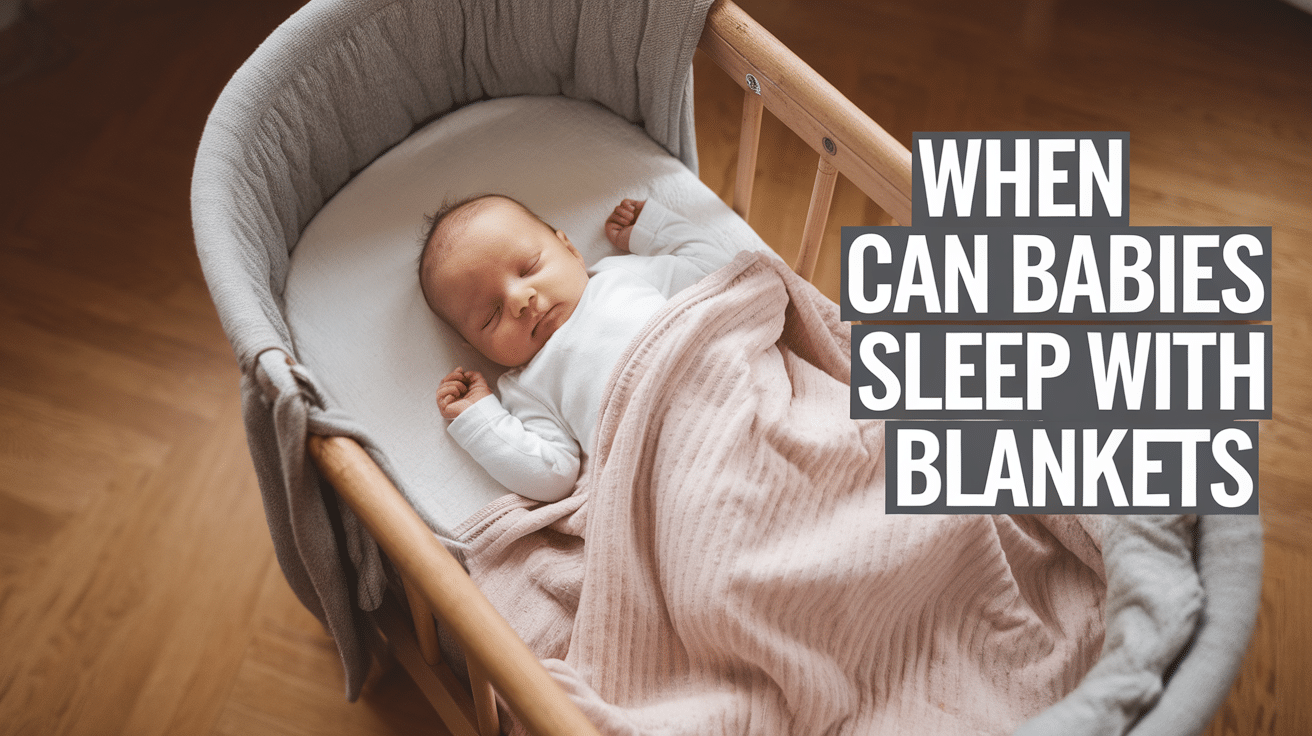
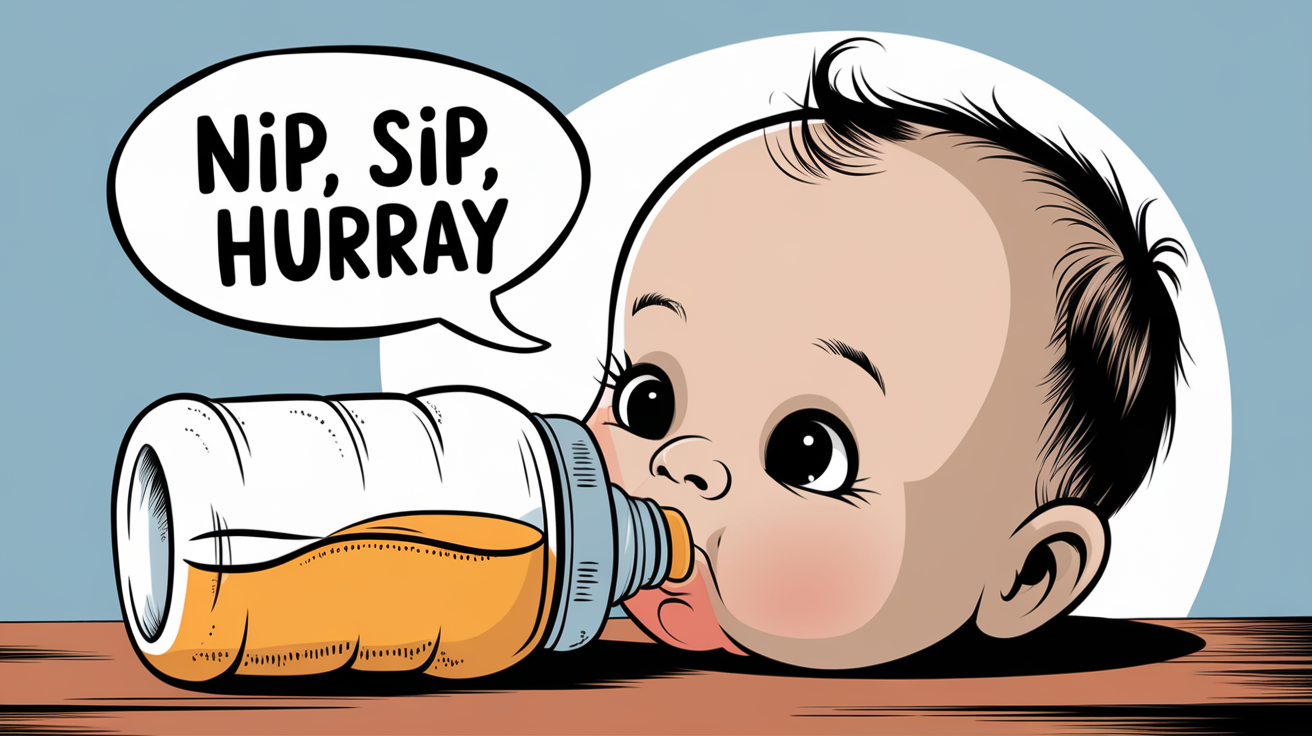
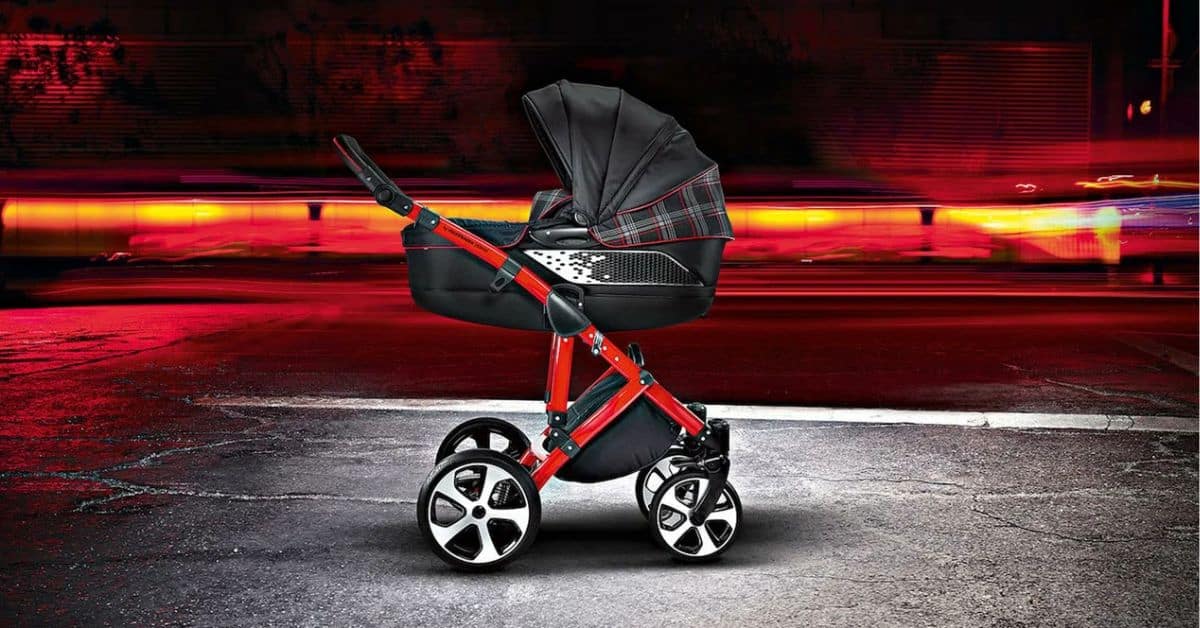

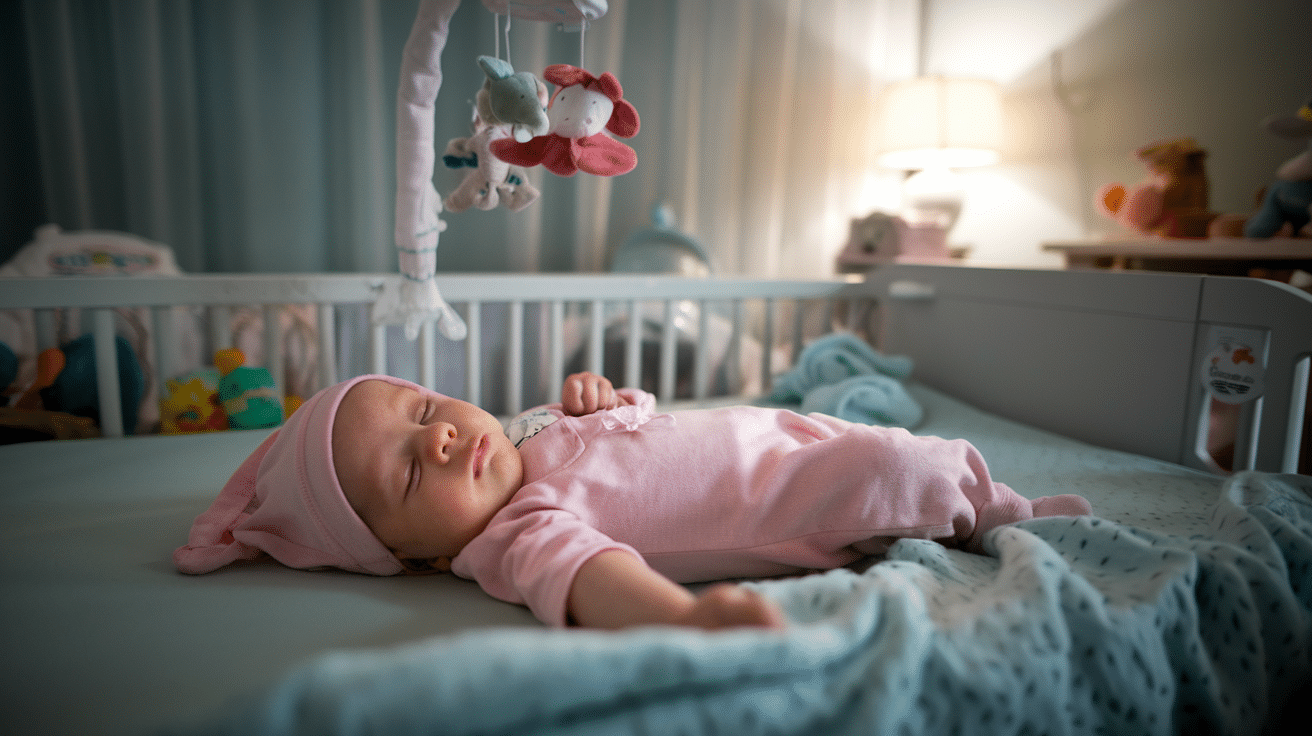
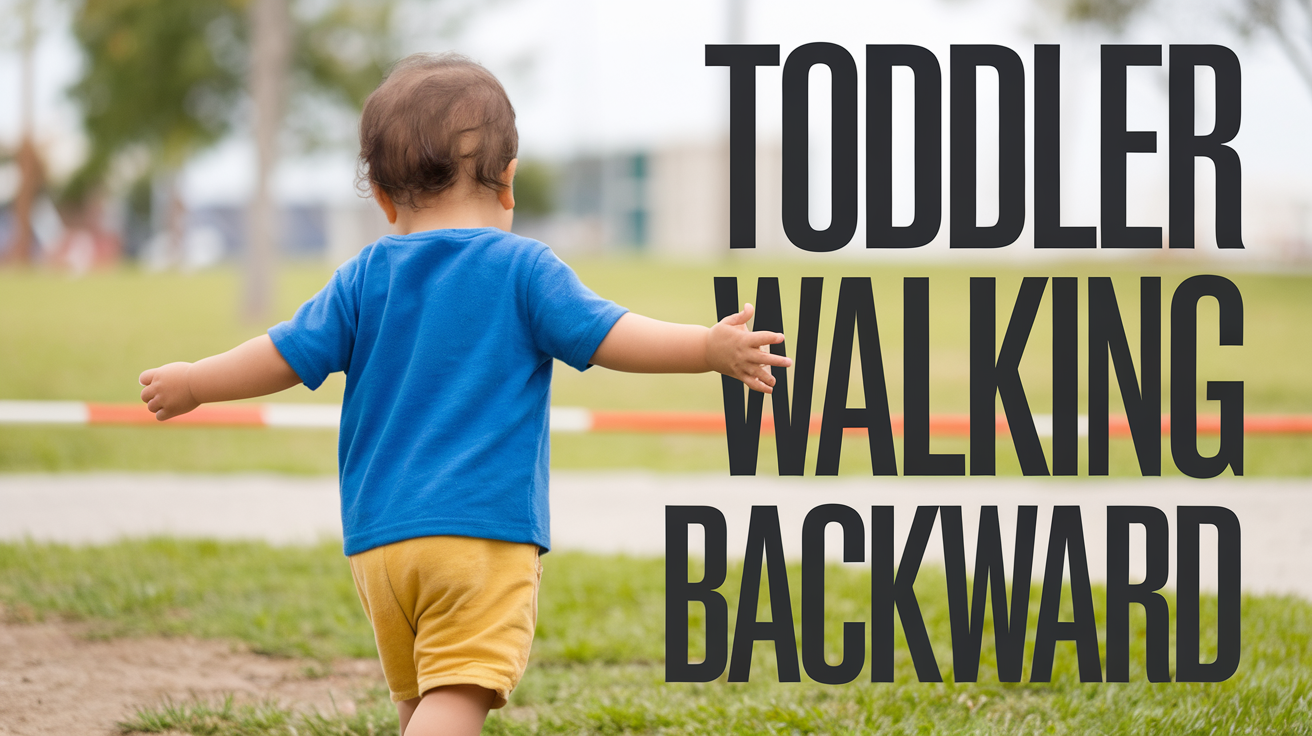
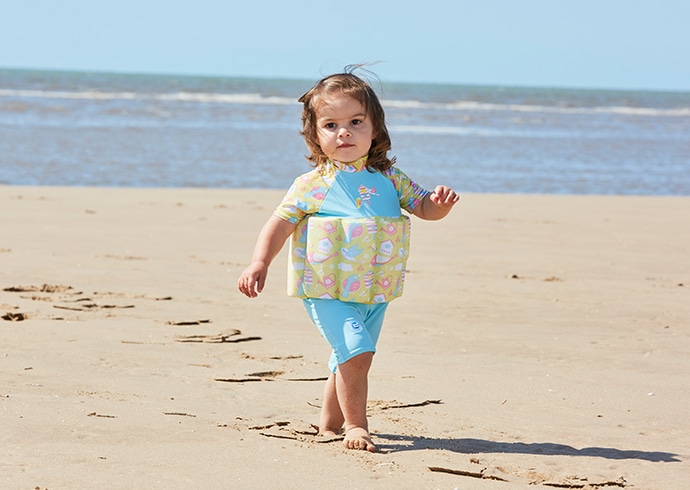
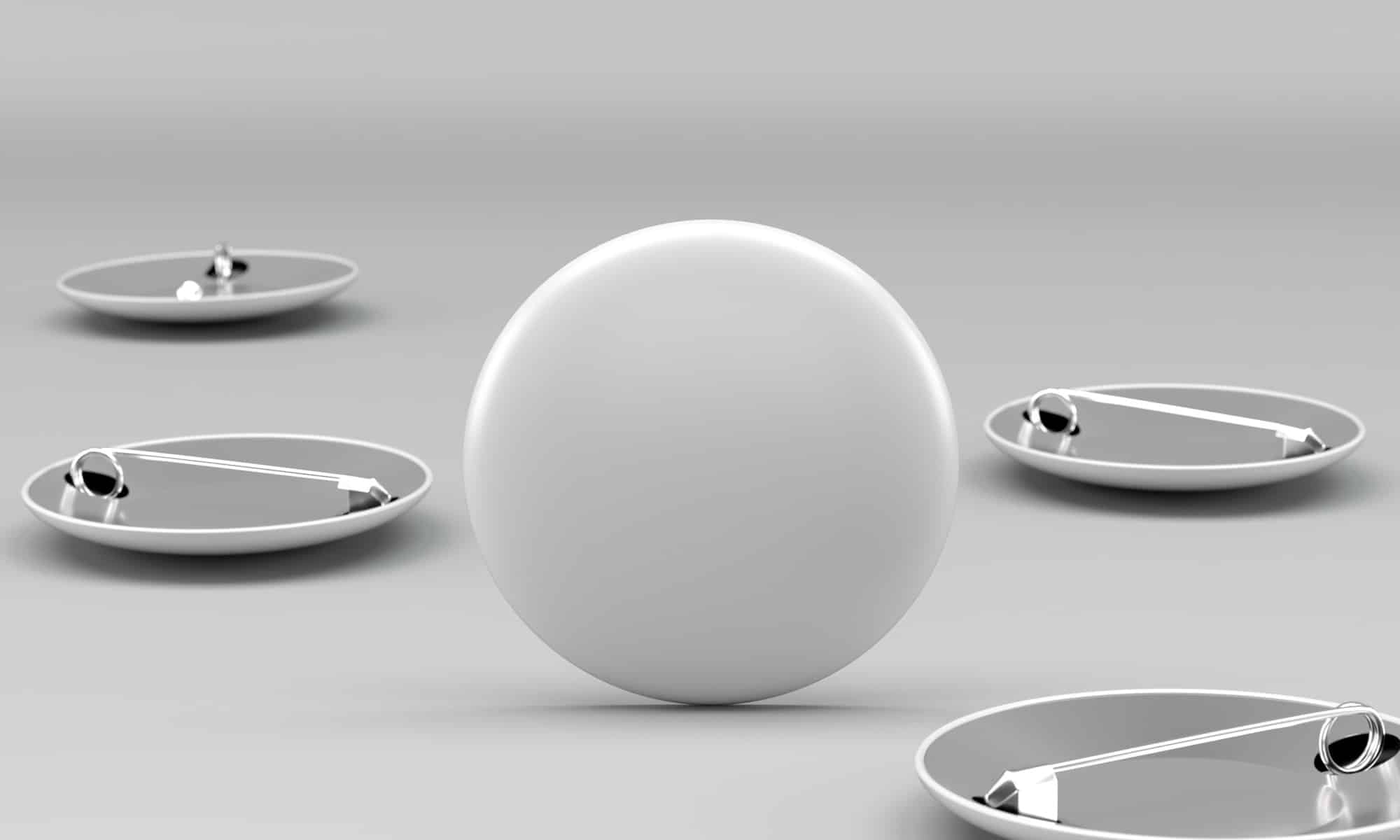
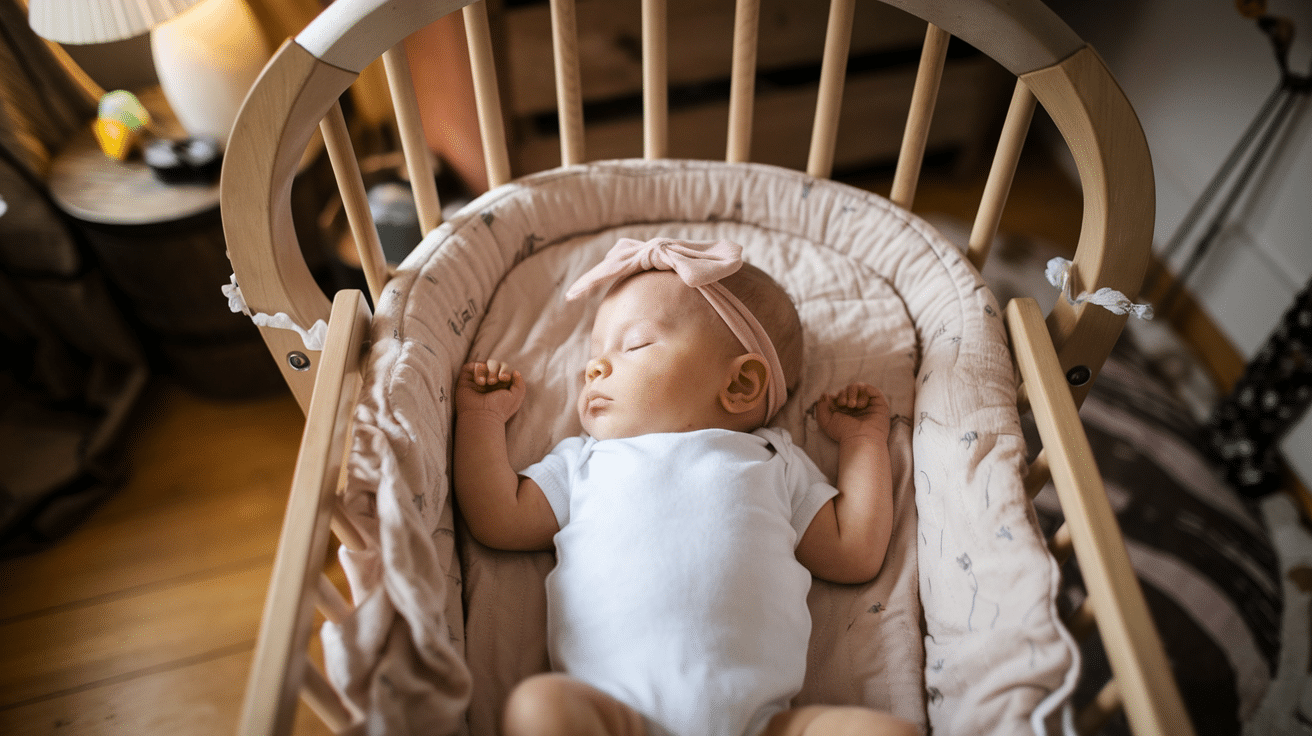
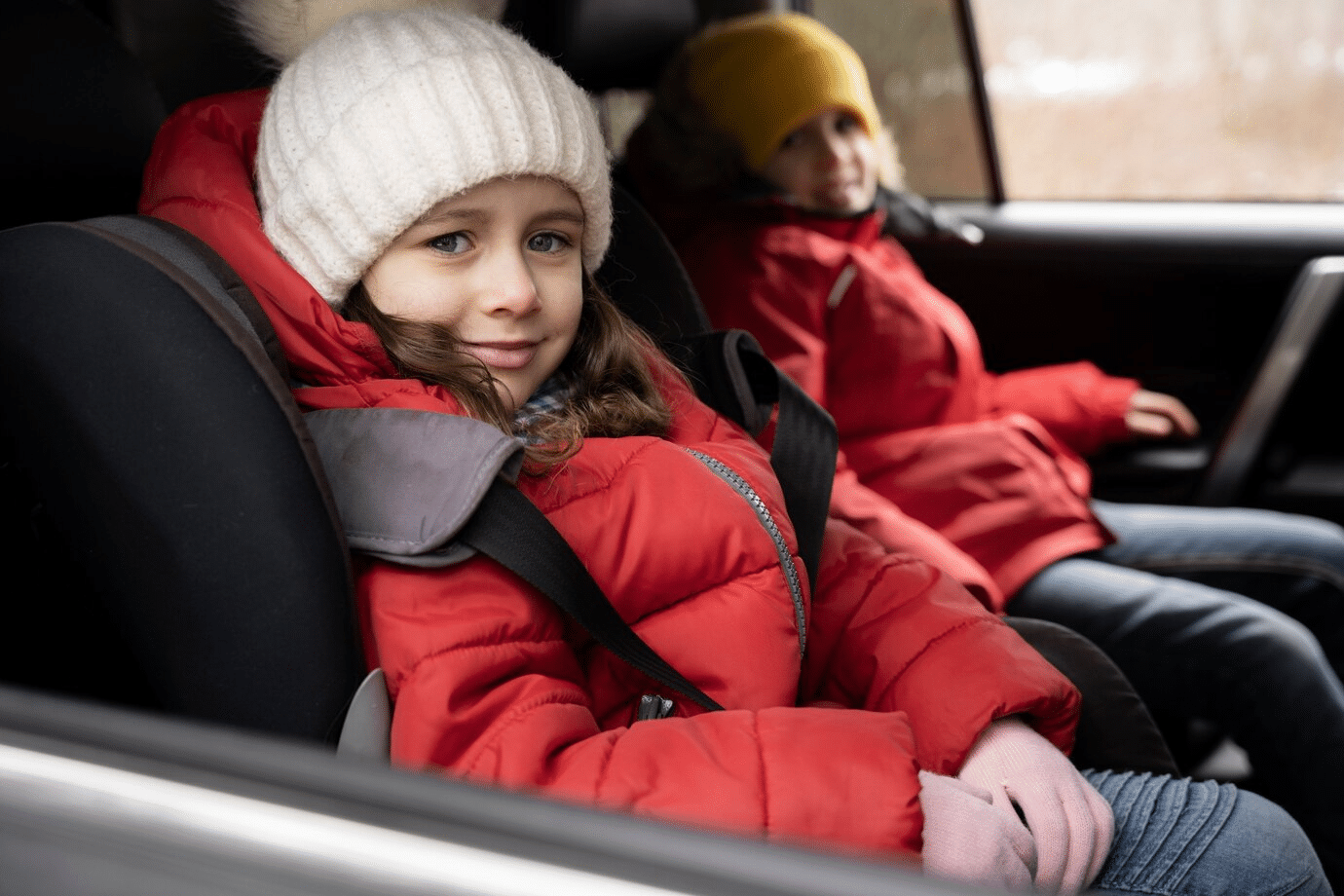

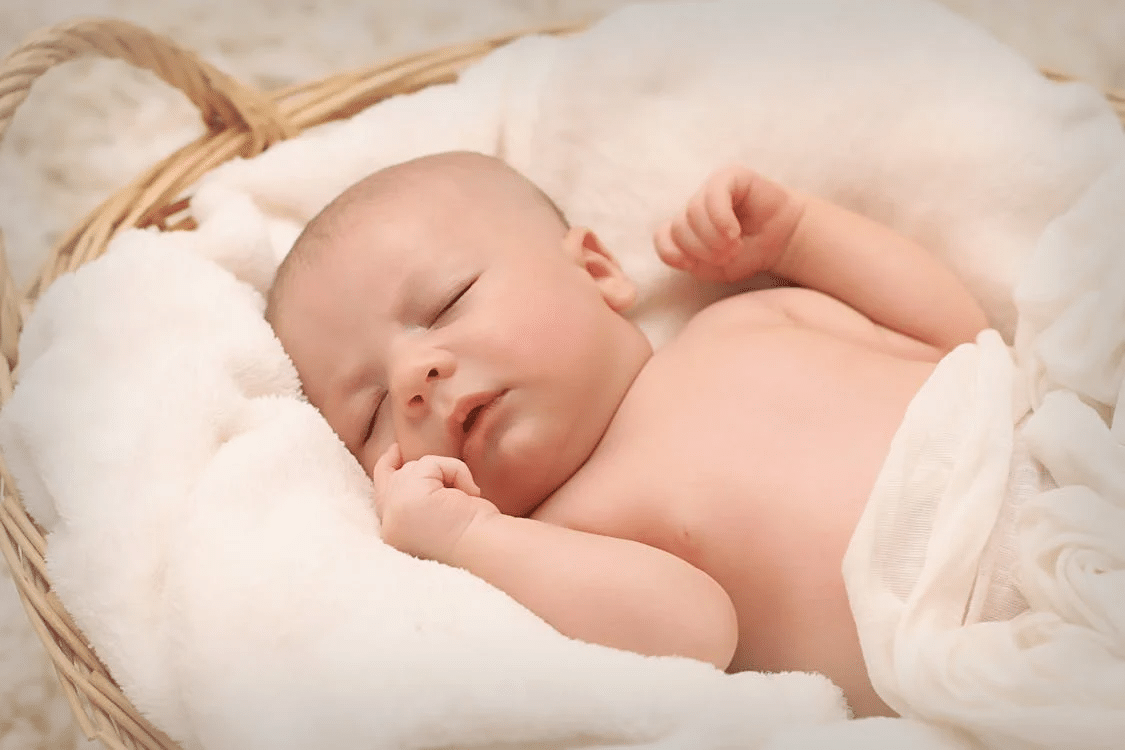

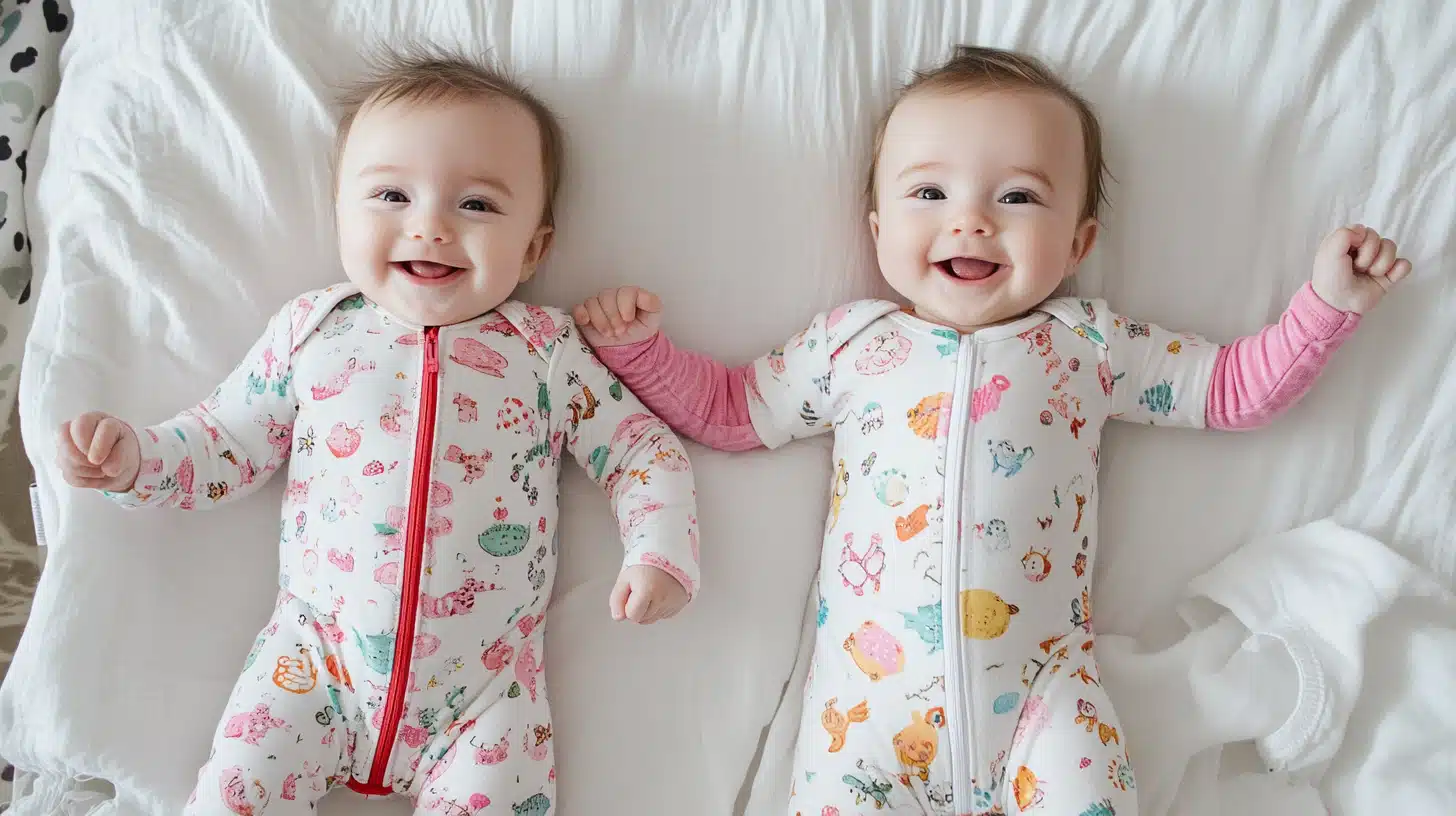
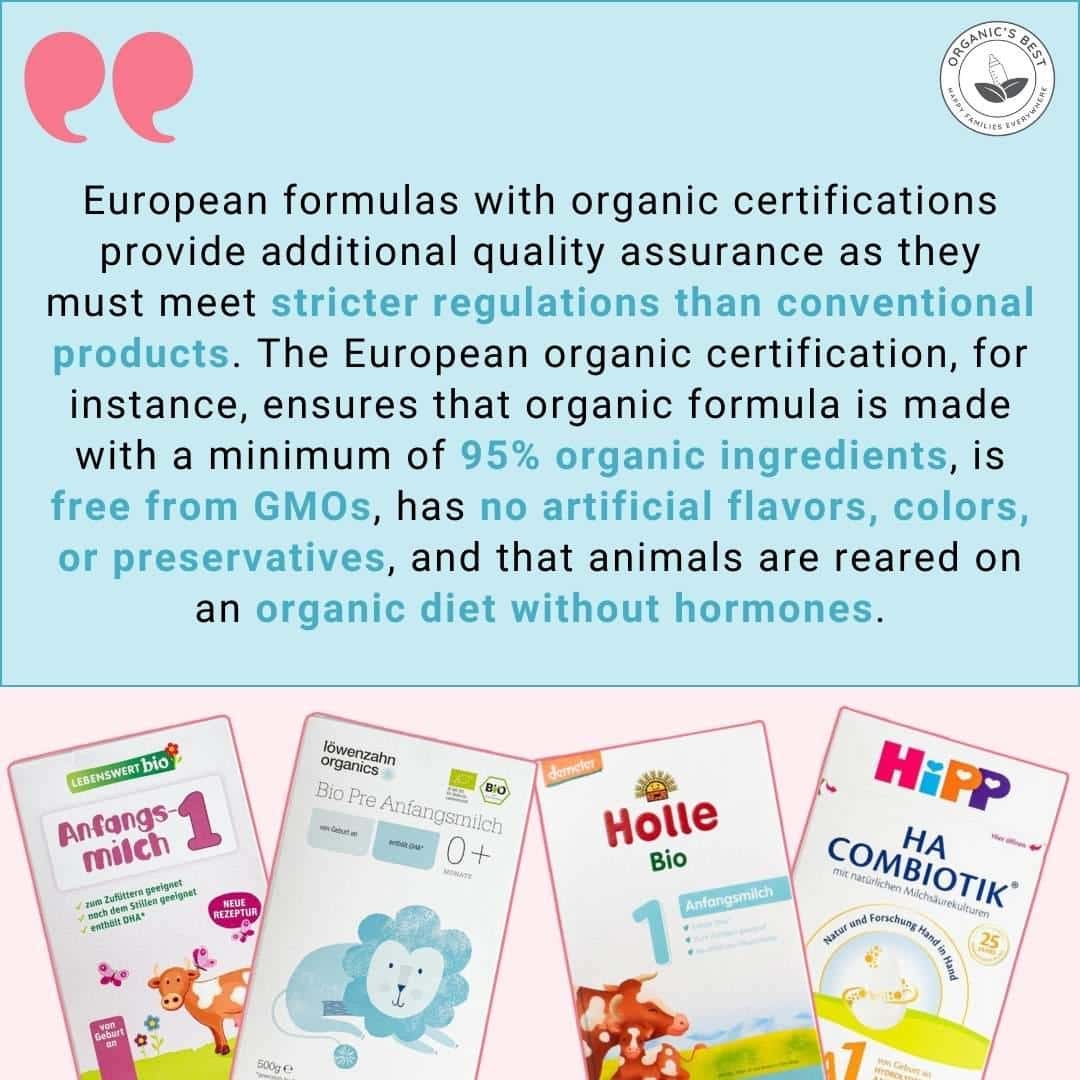
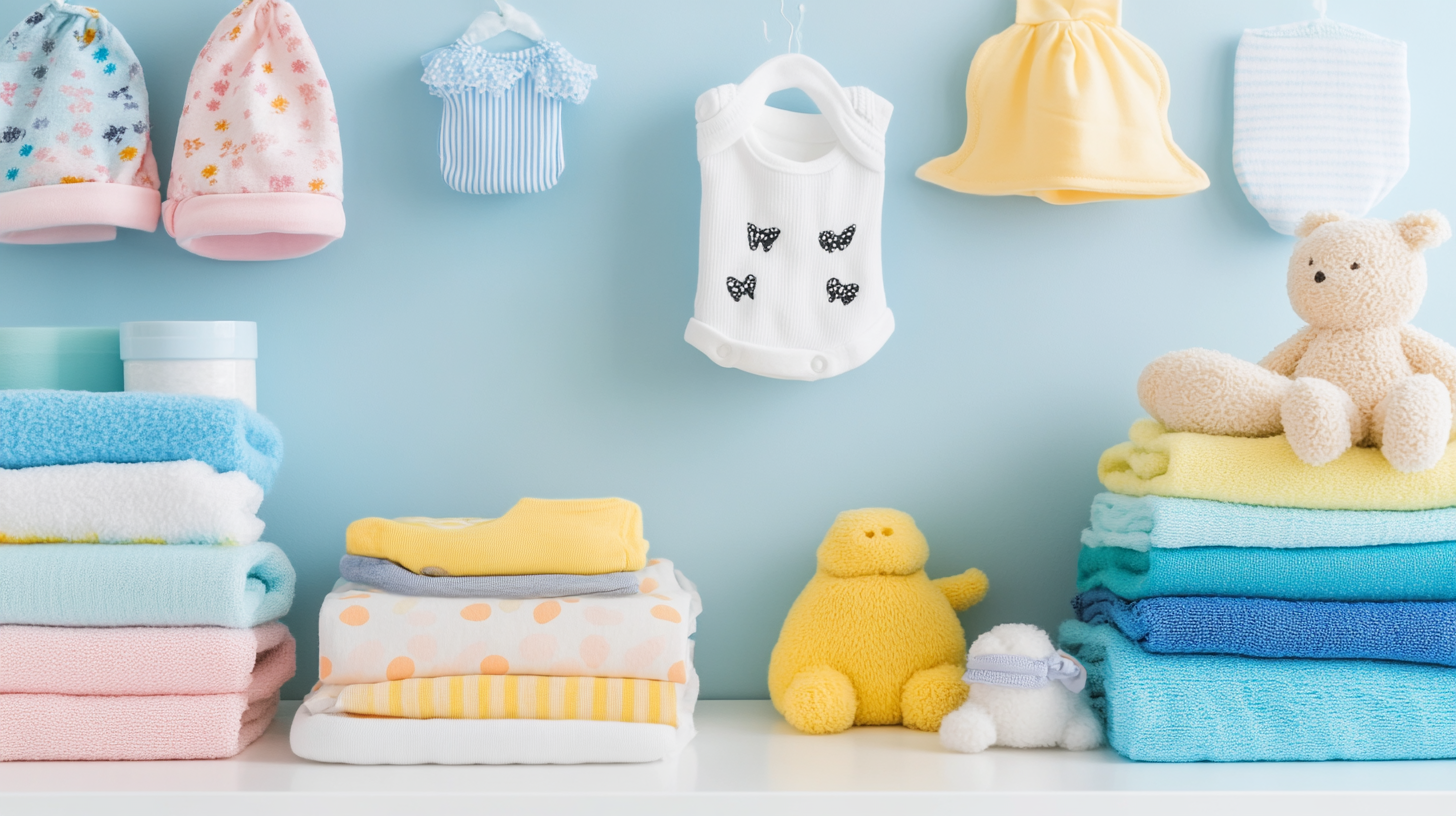



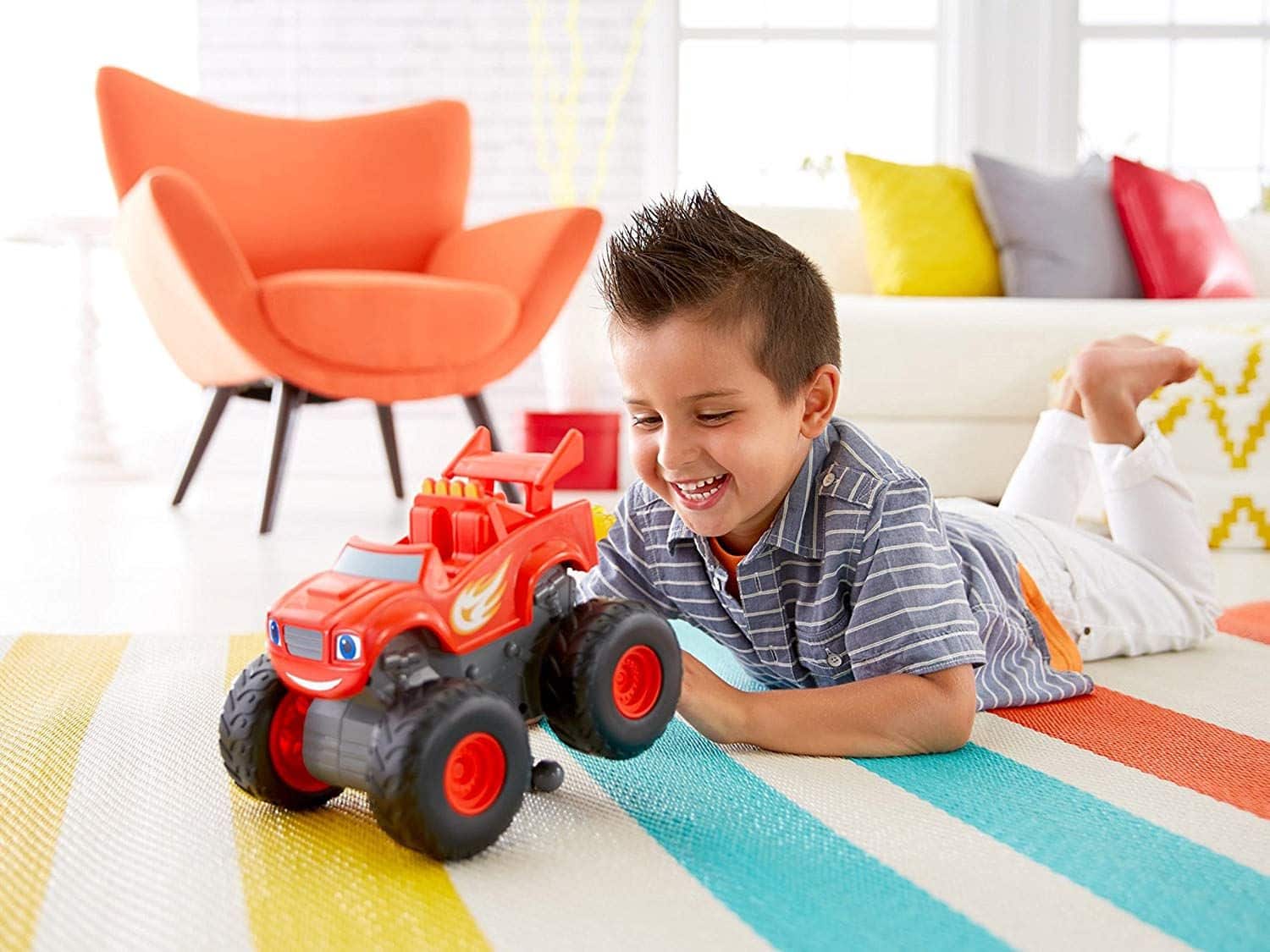
![11 Fantastic Kids Kayaks for 2023 (Amazon)[P]](https://cdn.mothersalwaysright.com/wp-content/uploads/2023/11/44407222_l-scaled-1.jpg)
